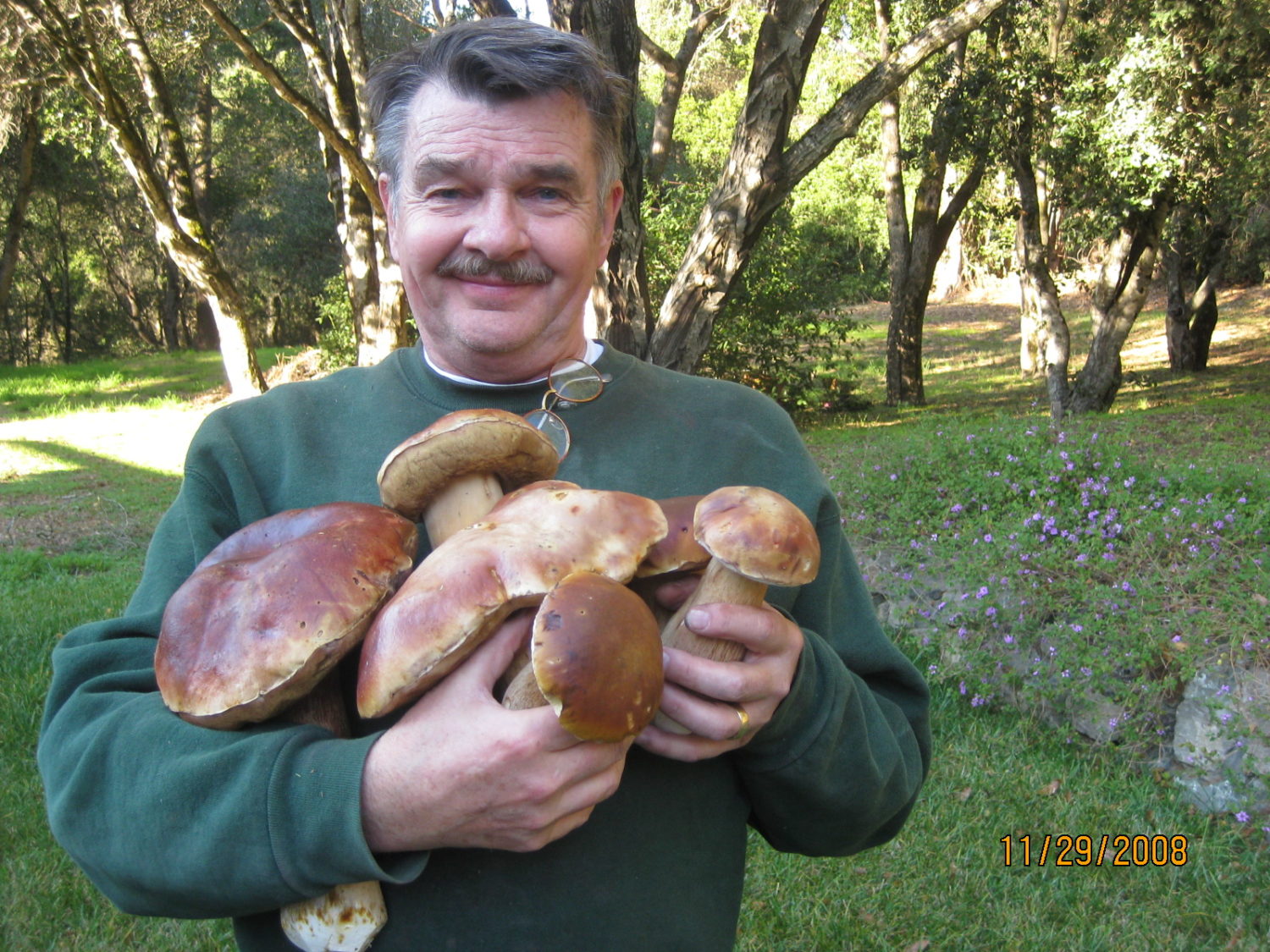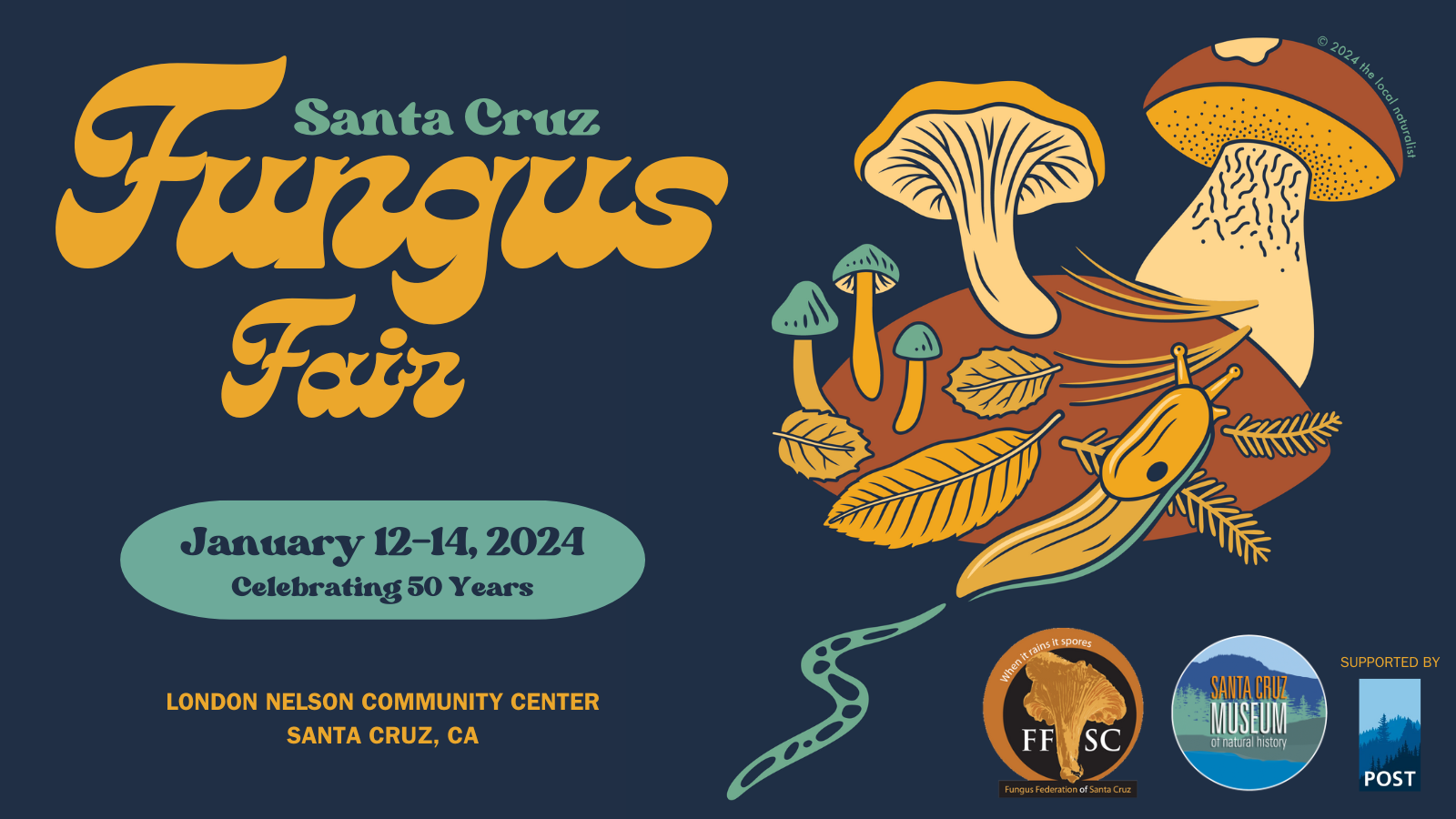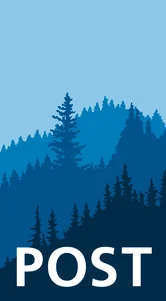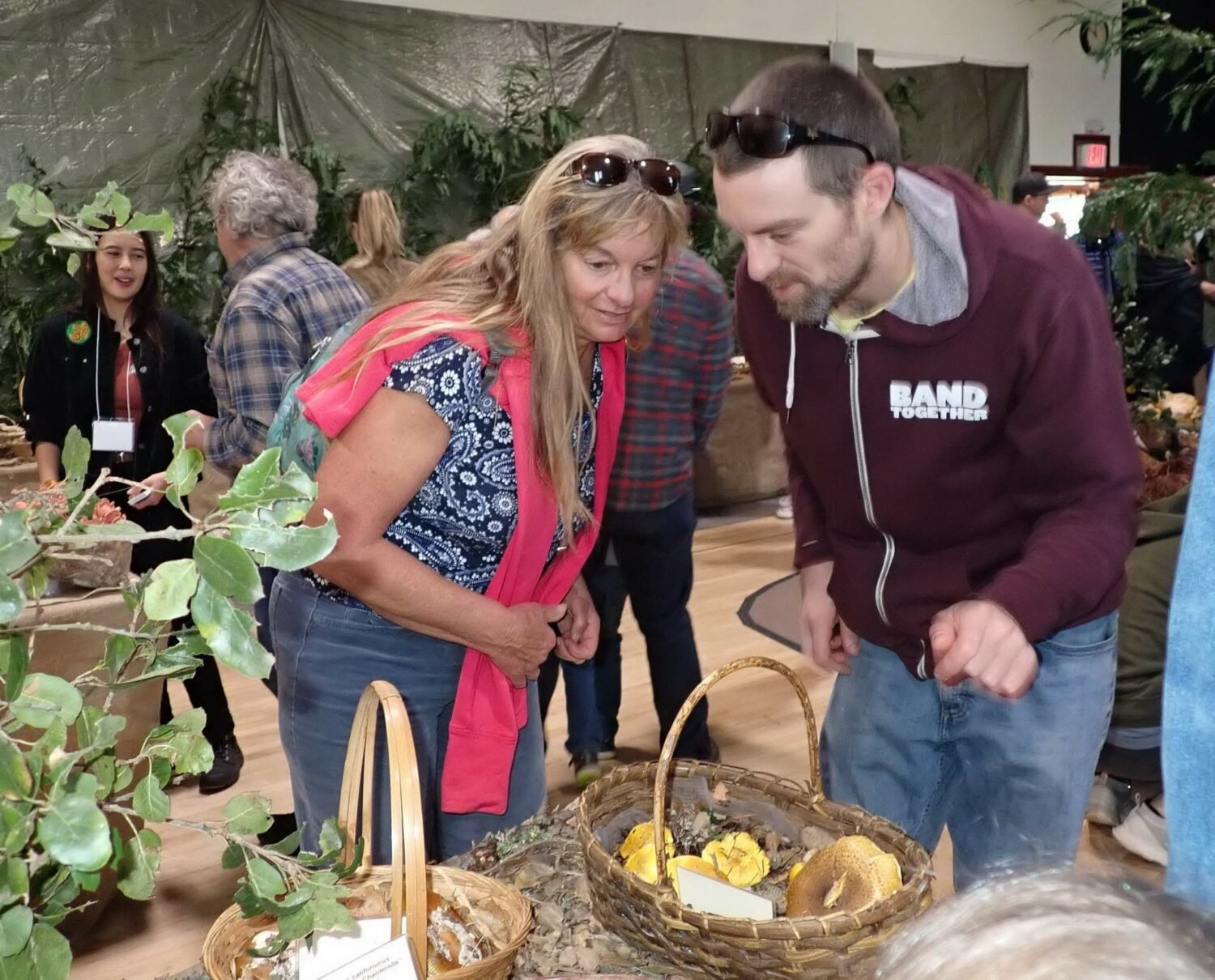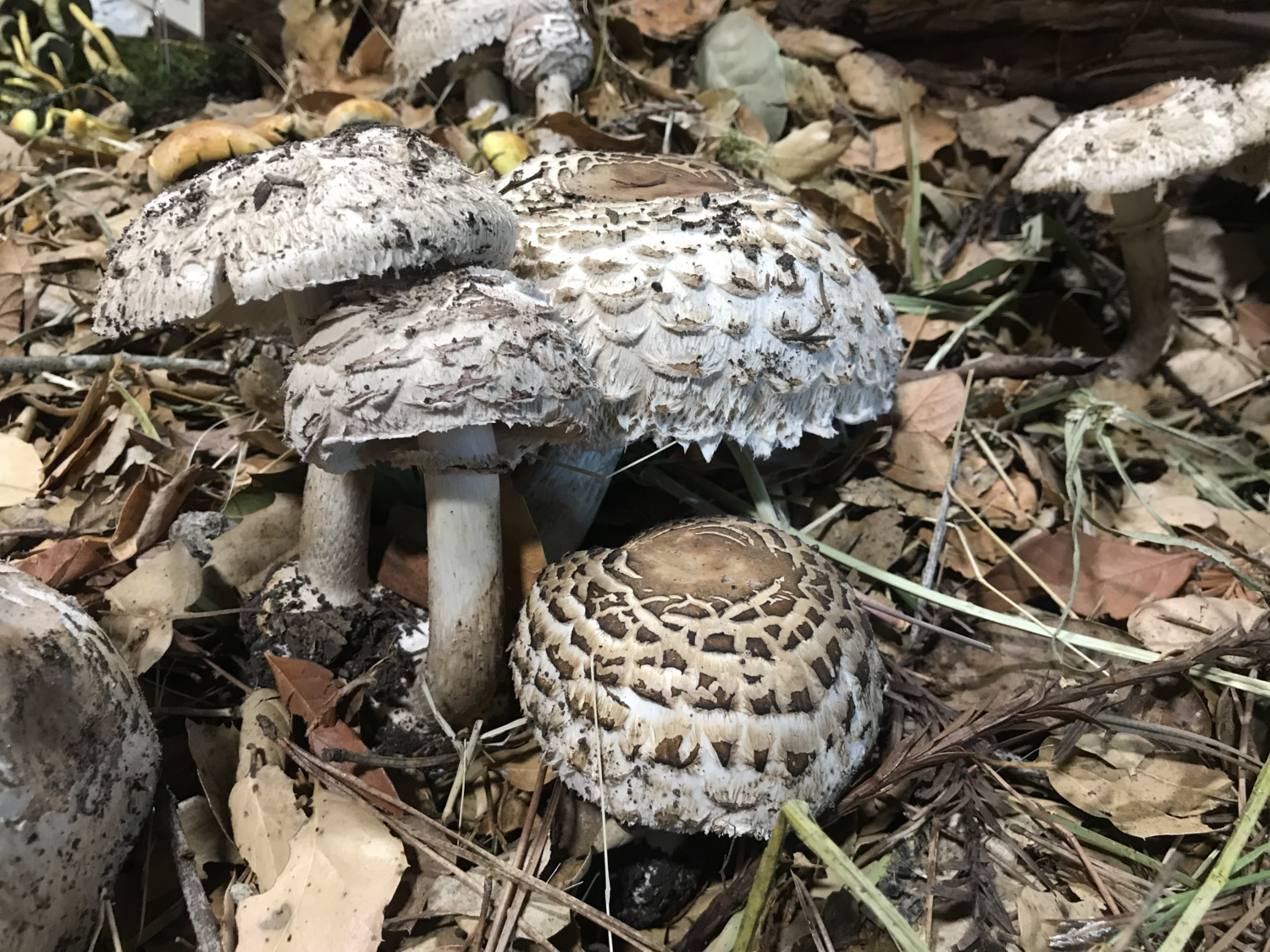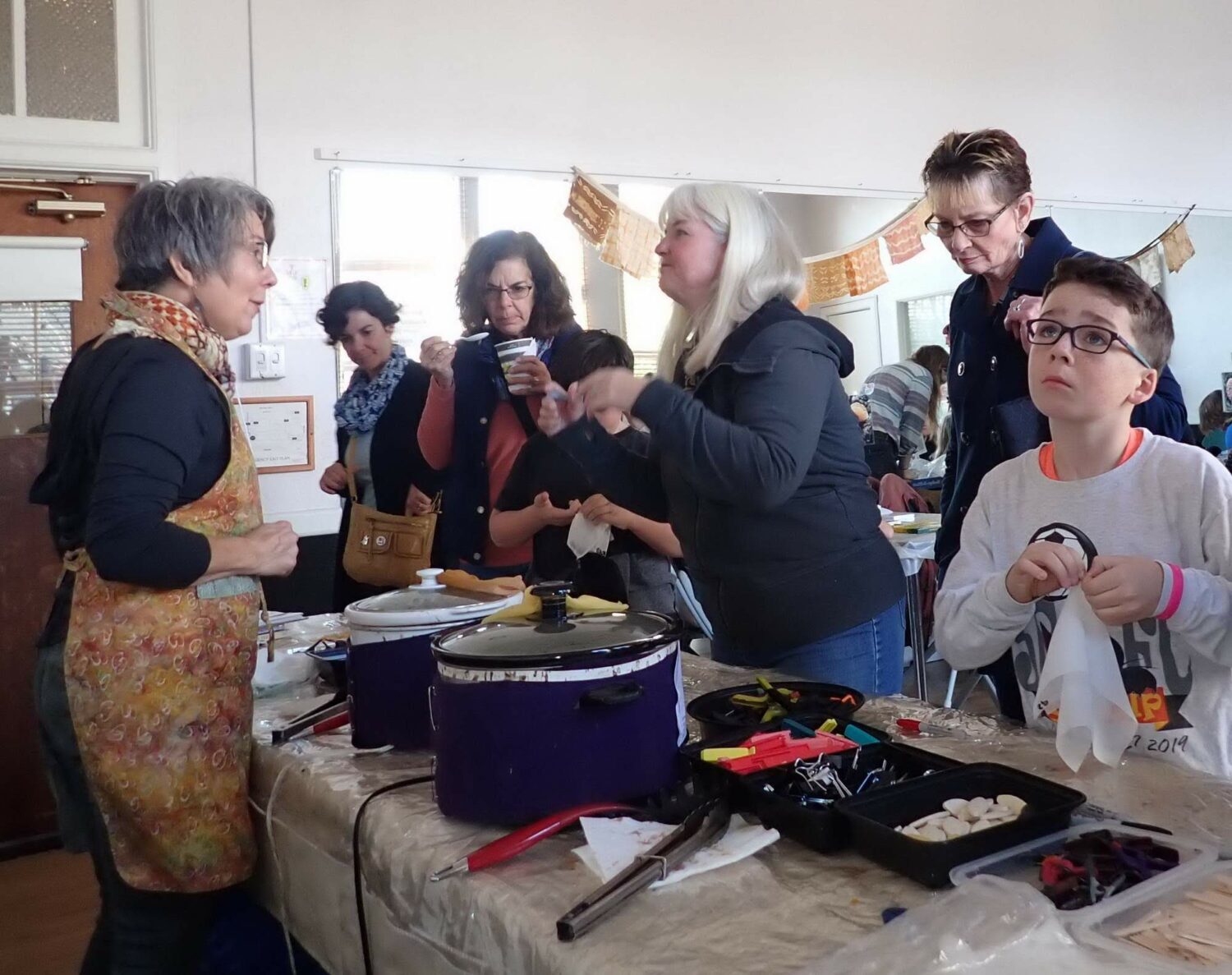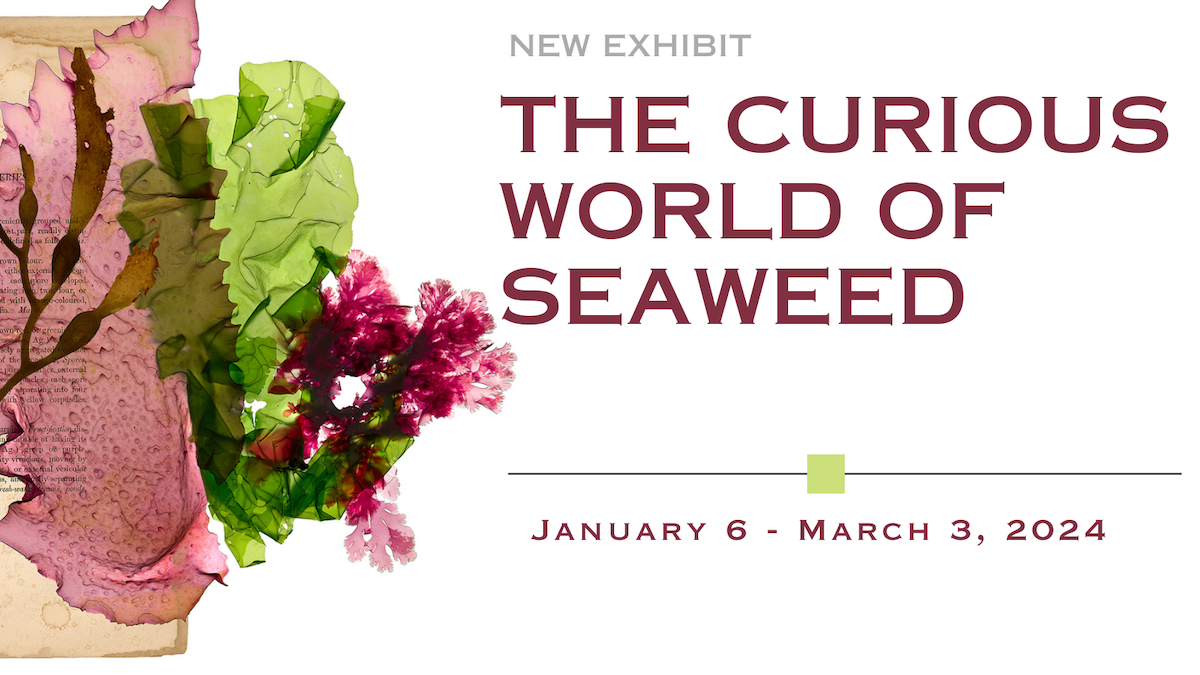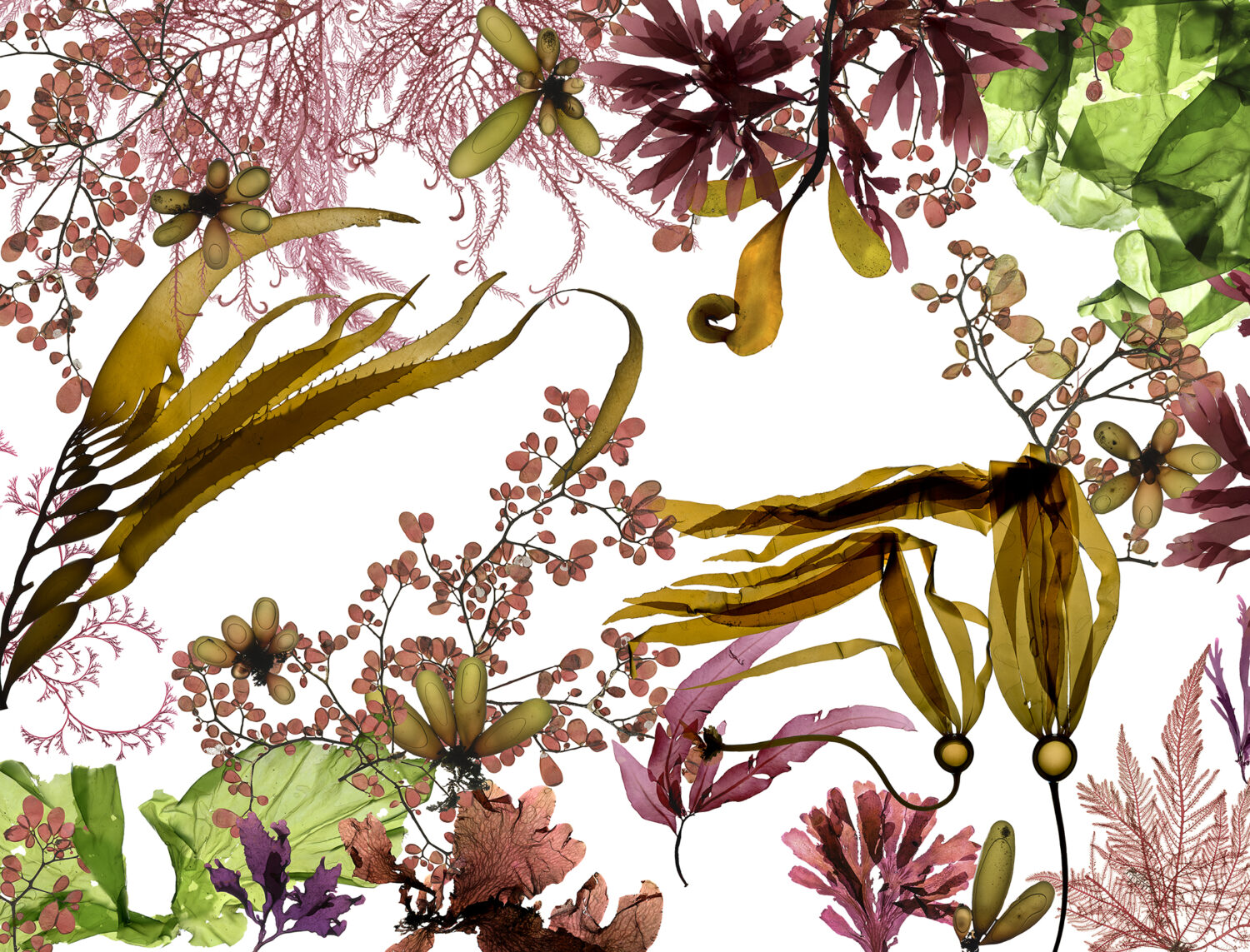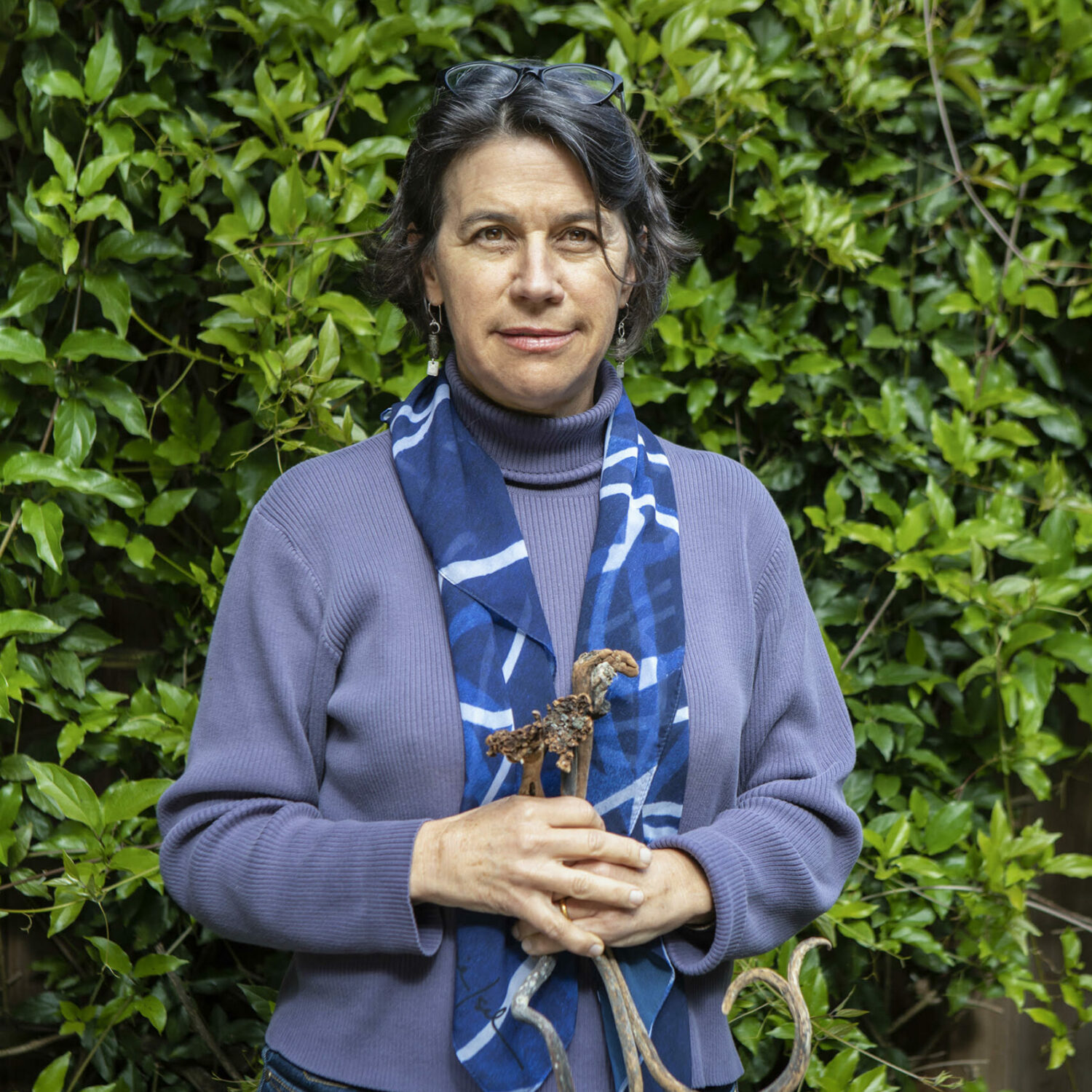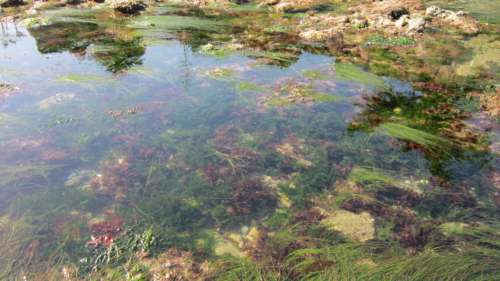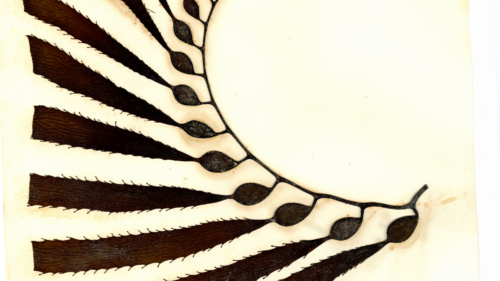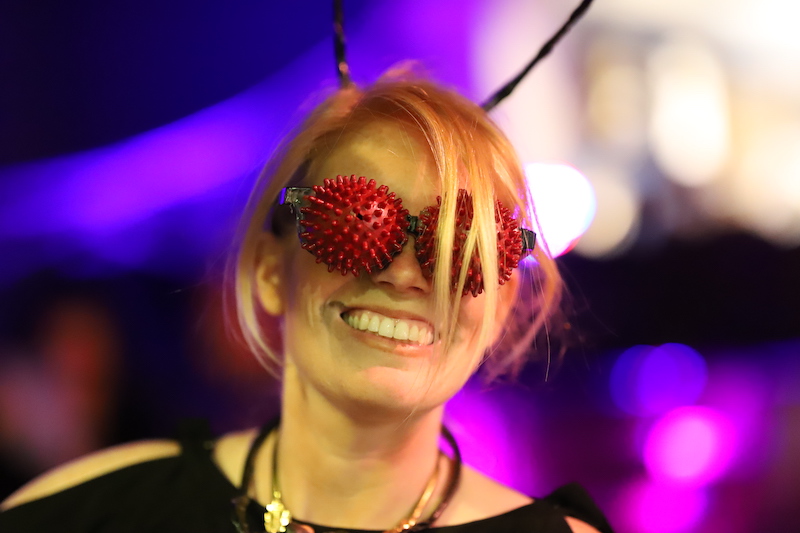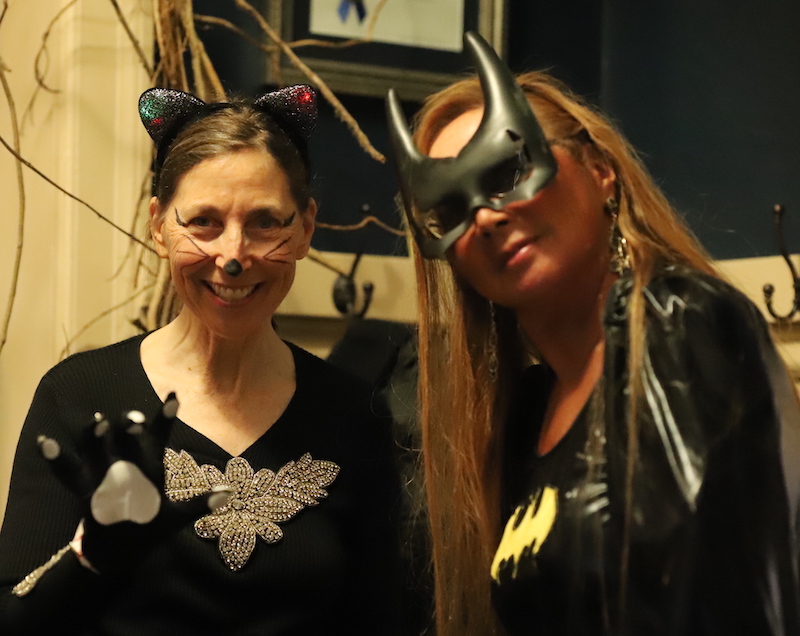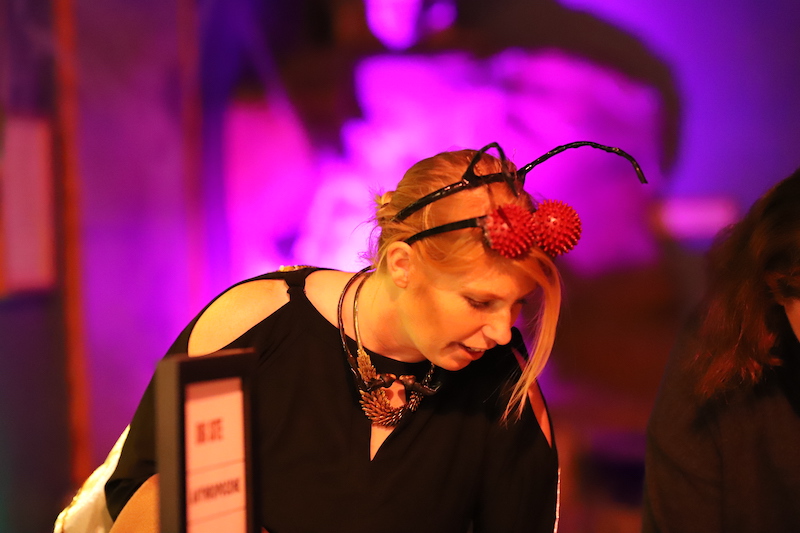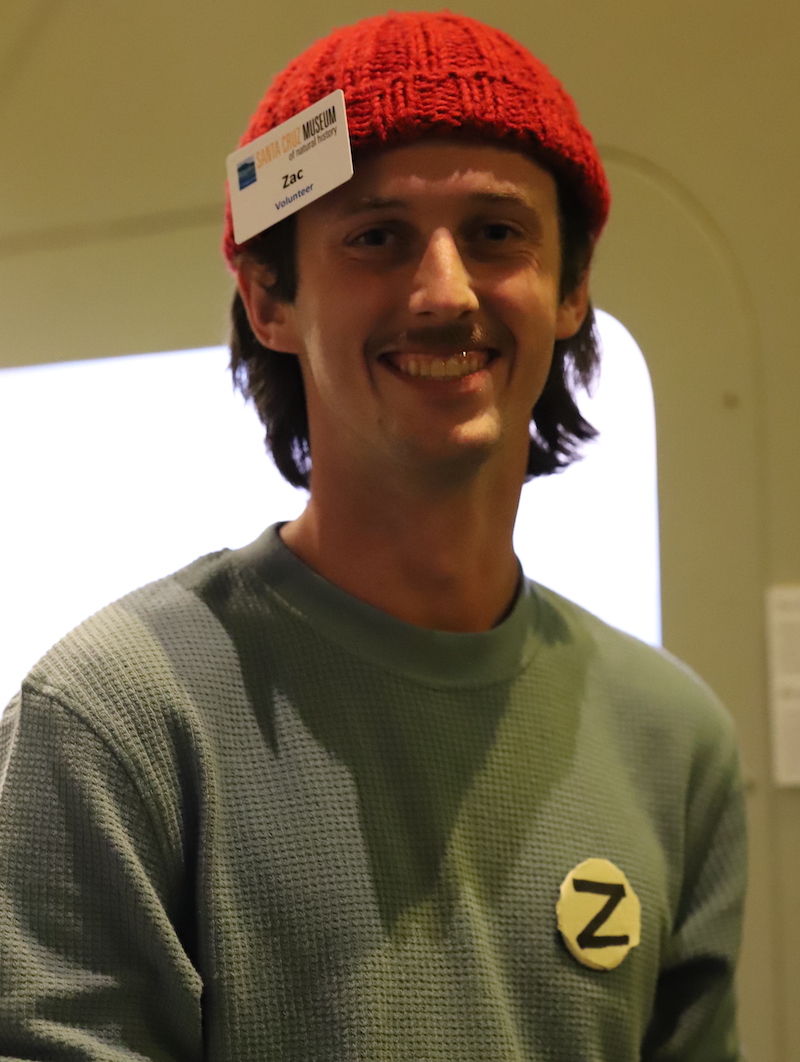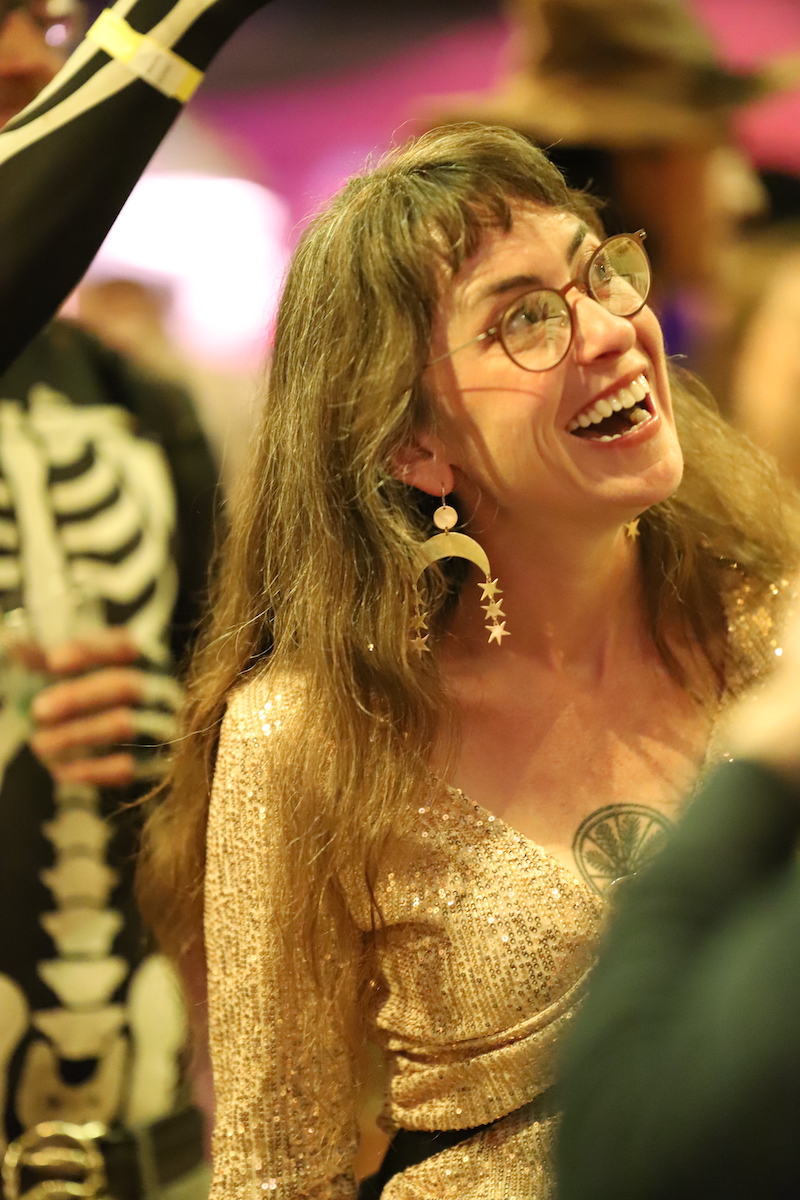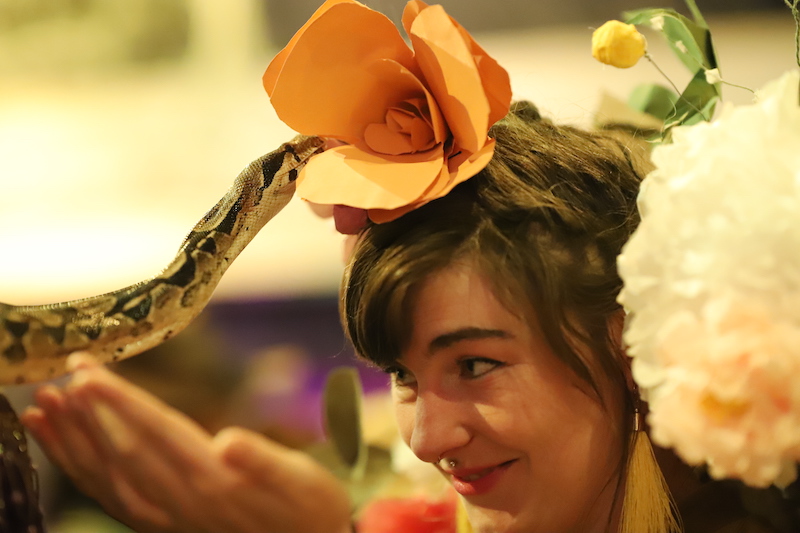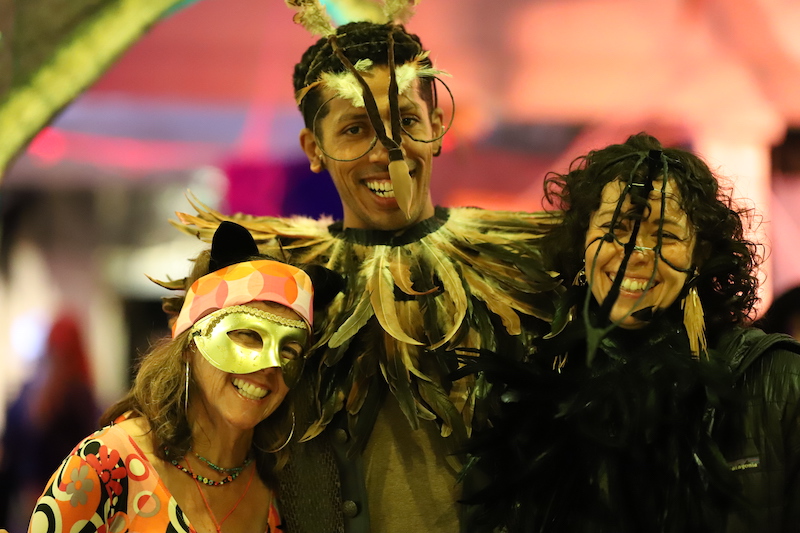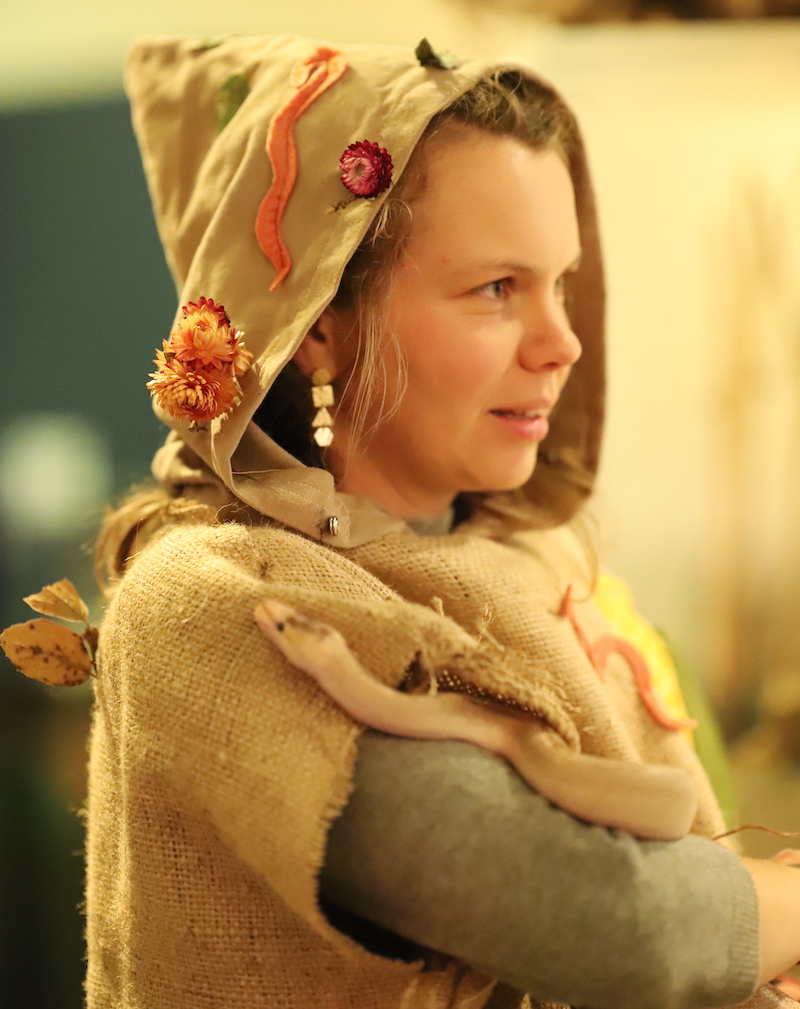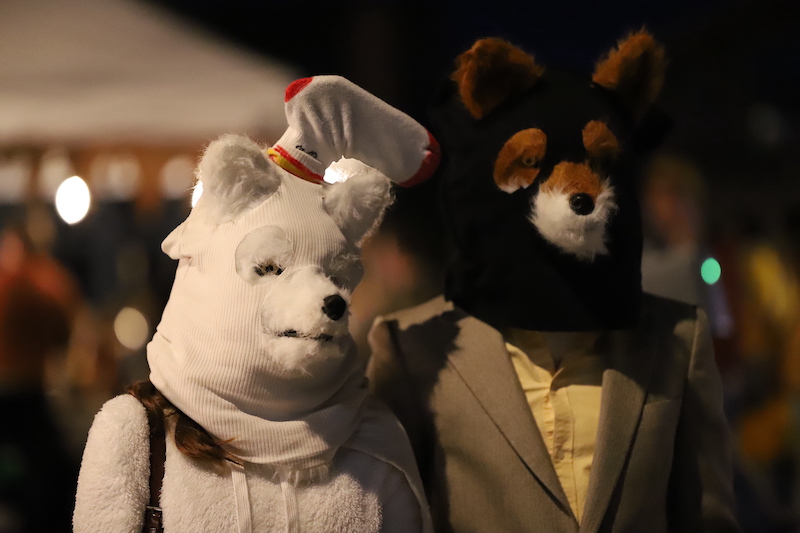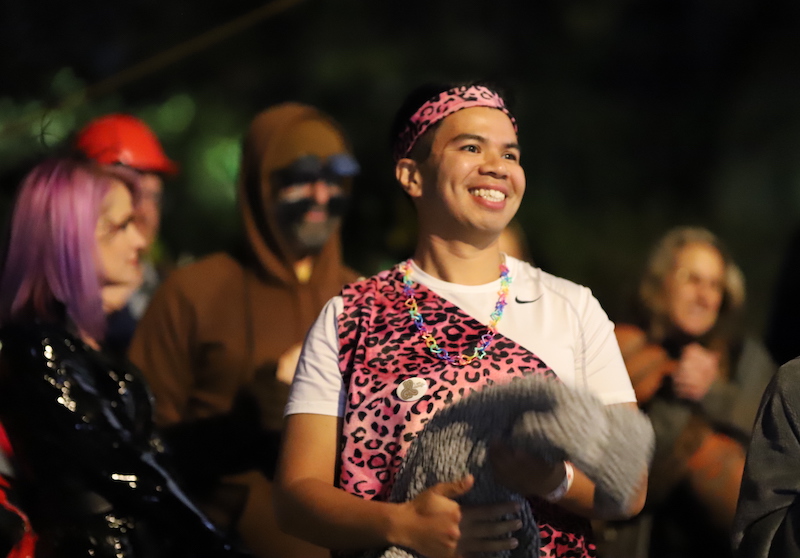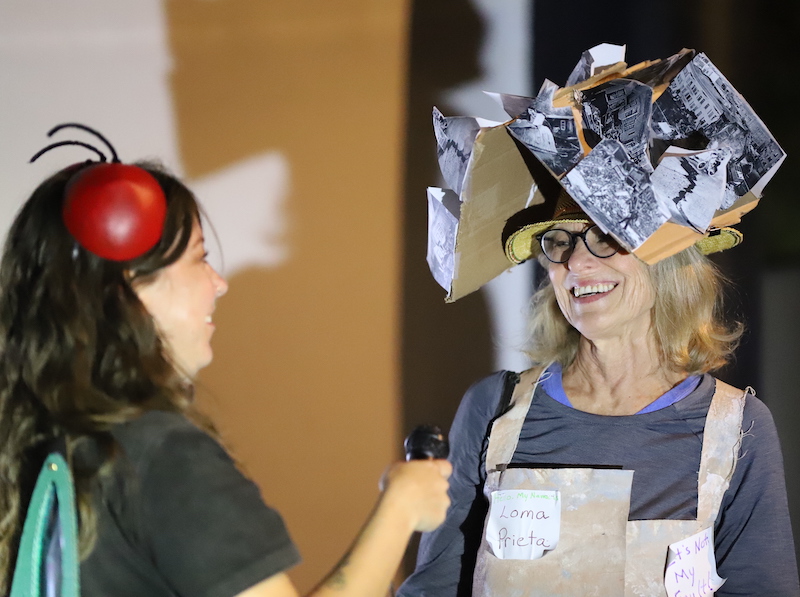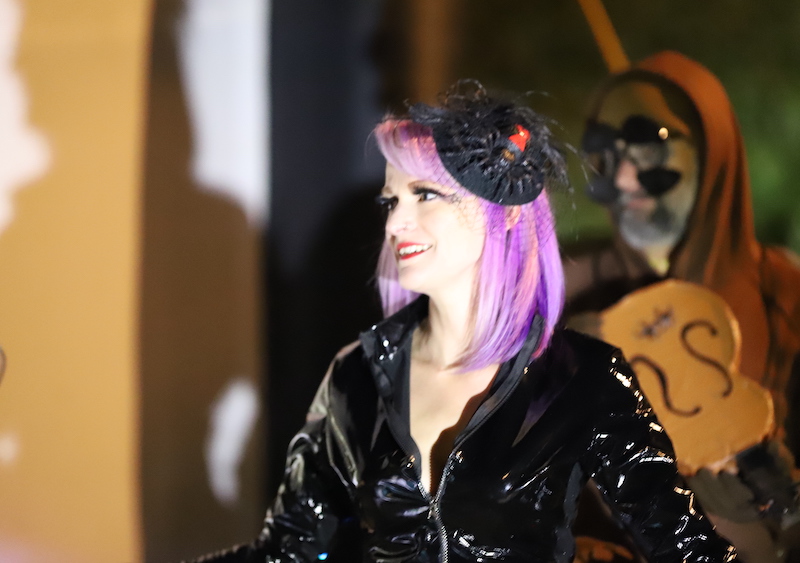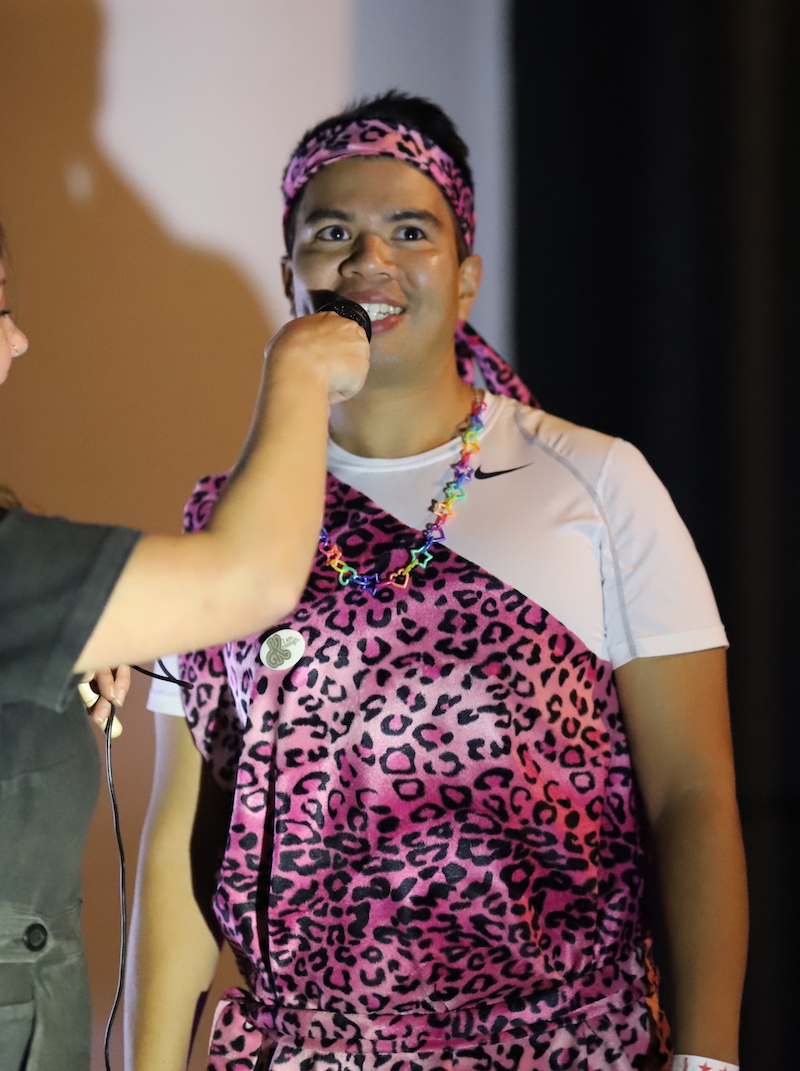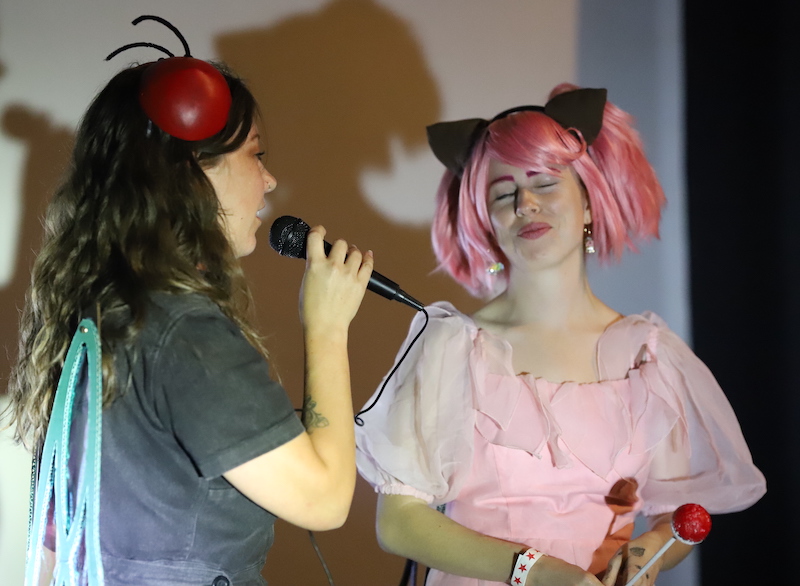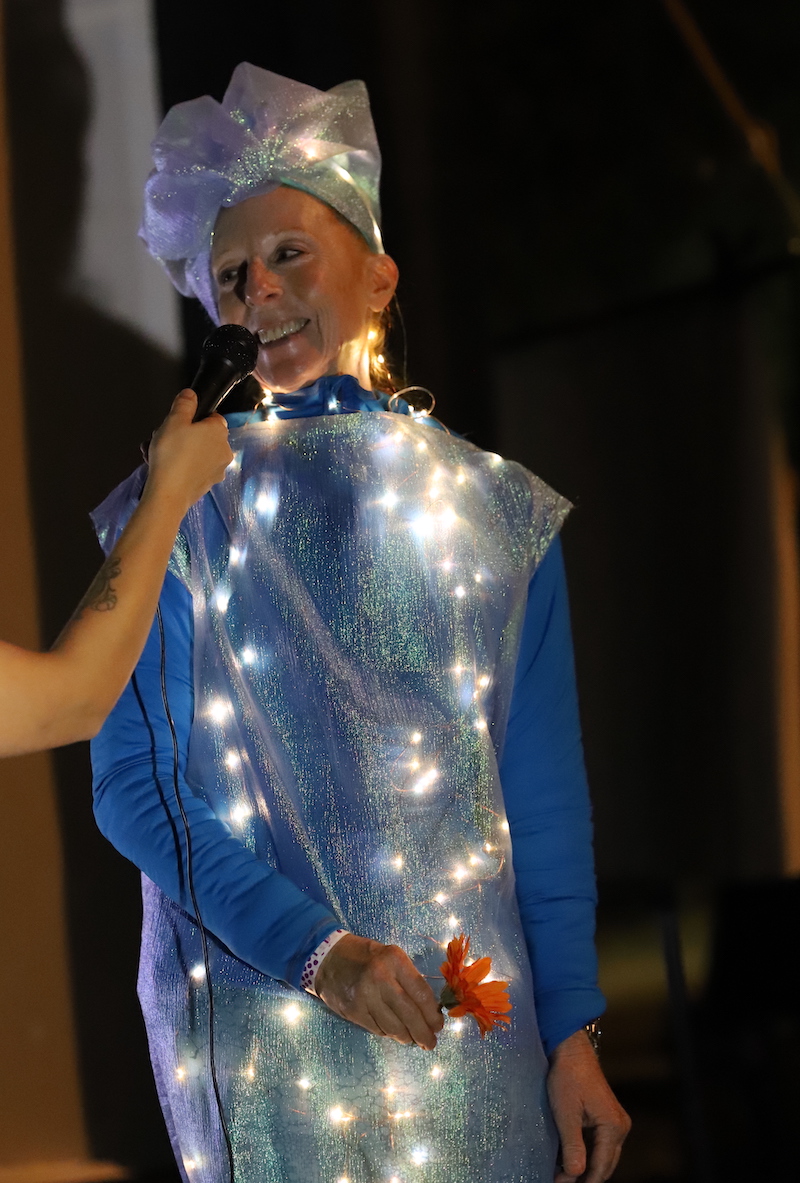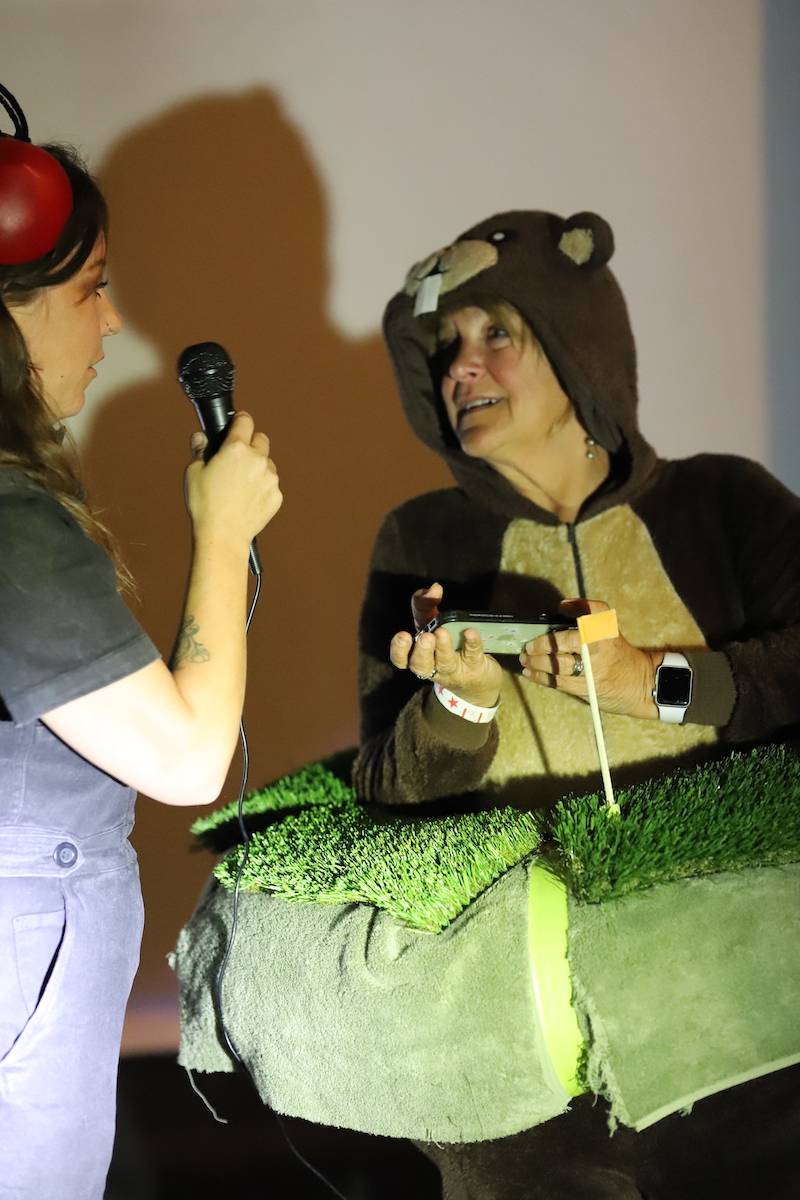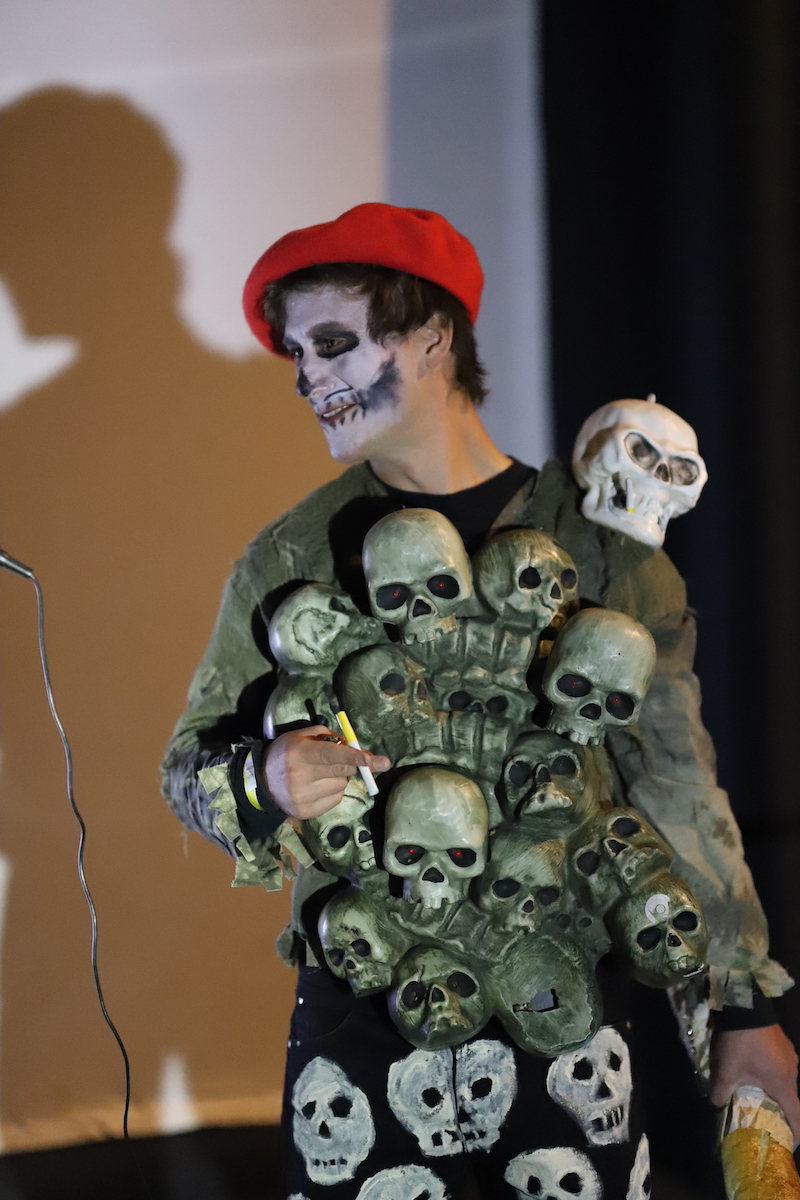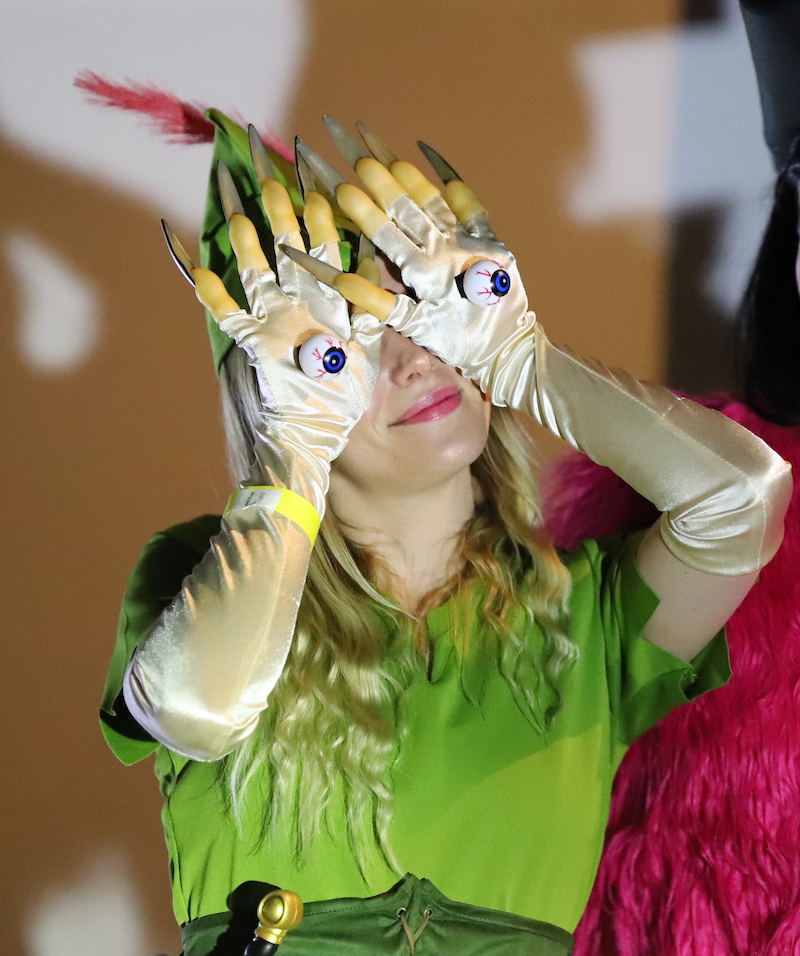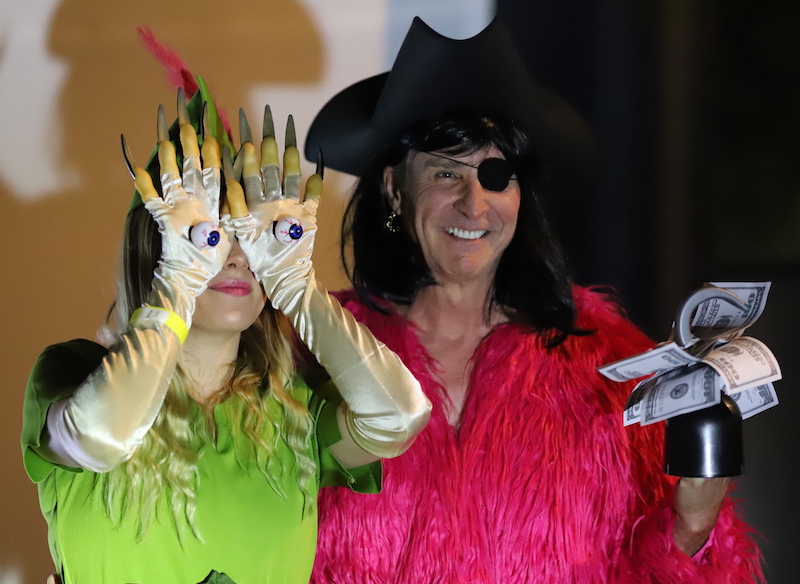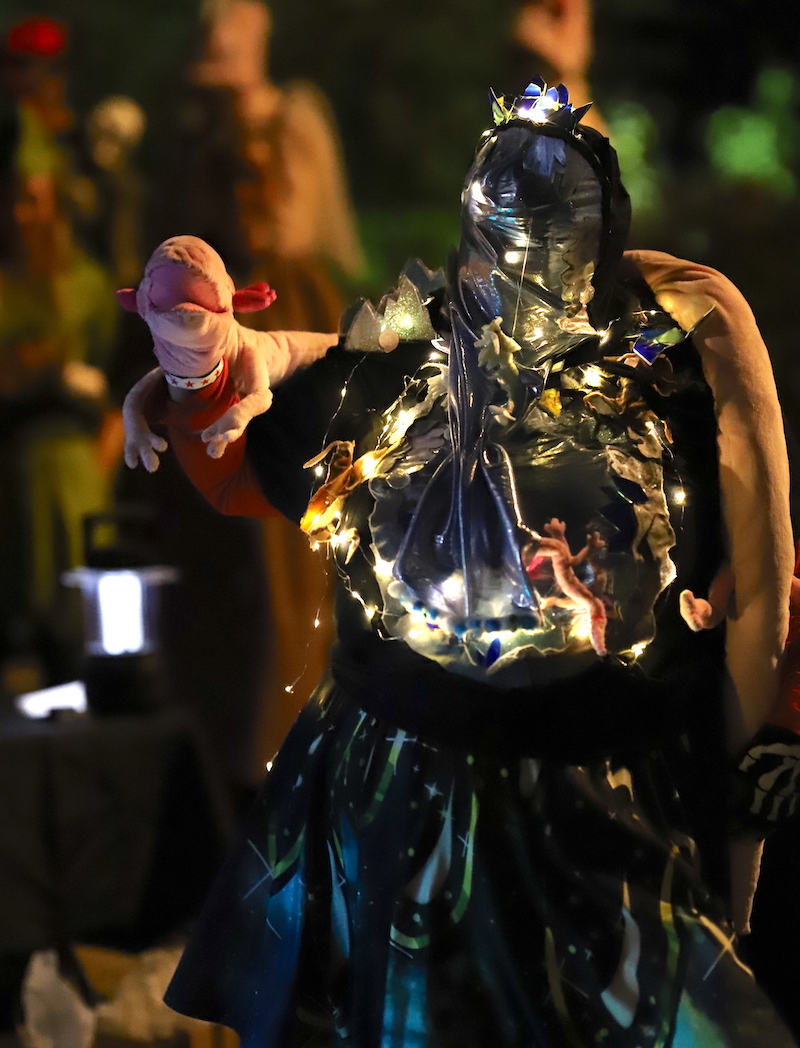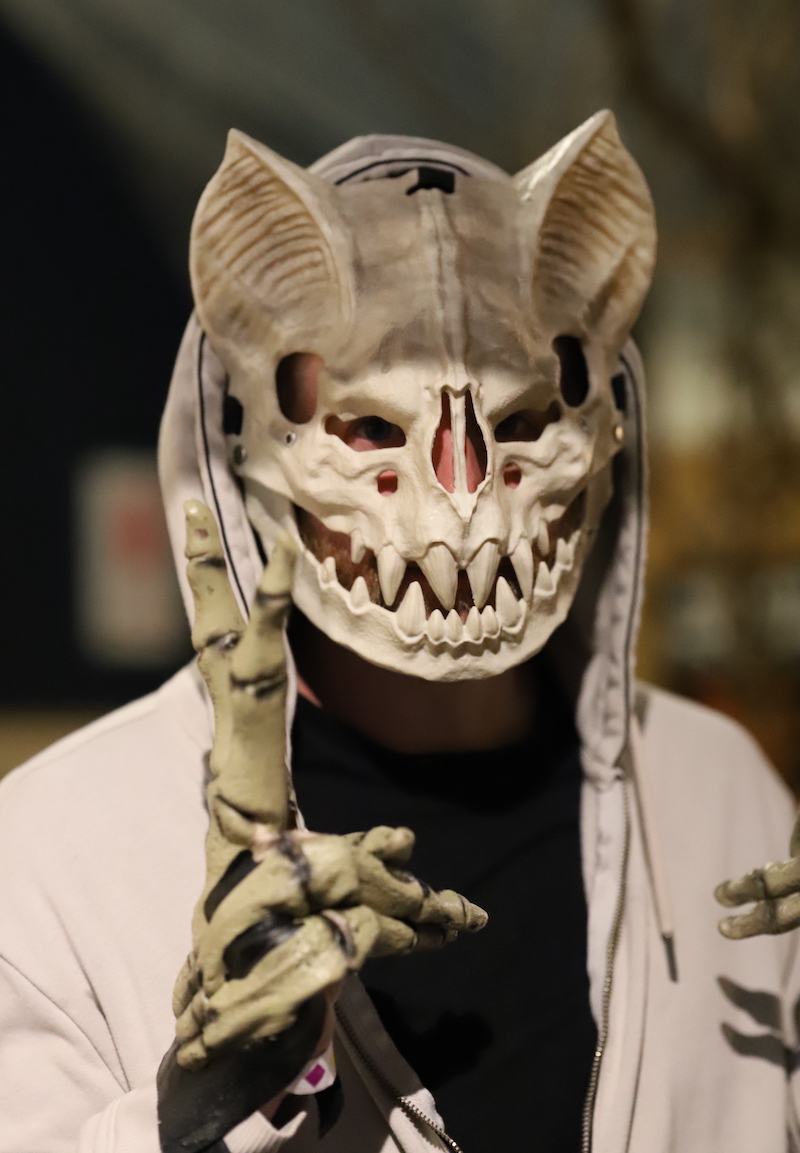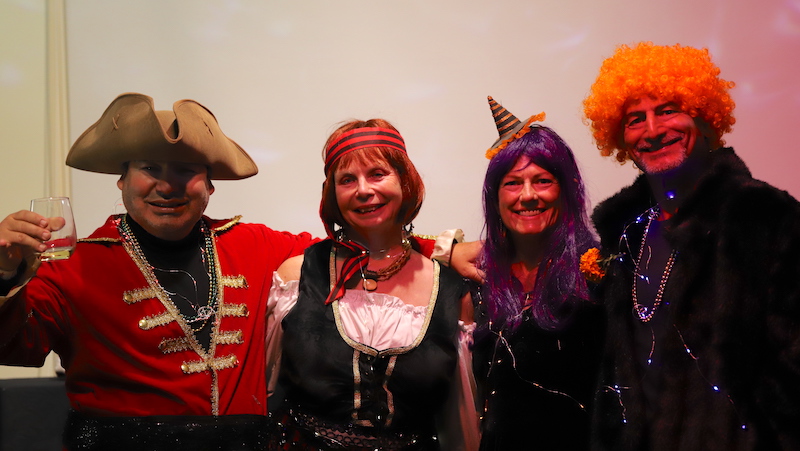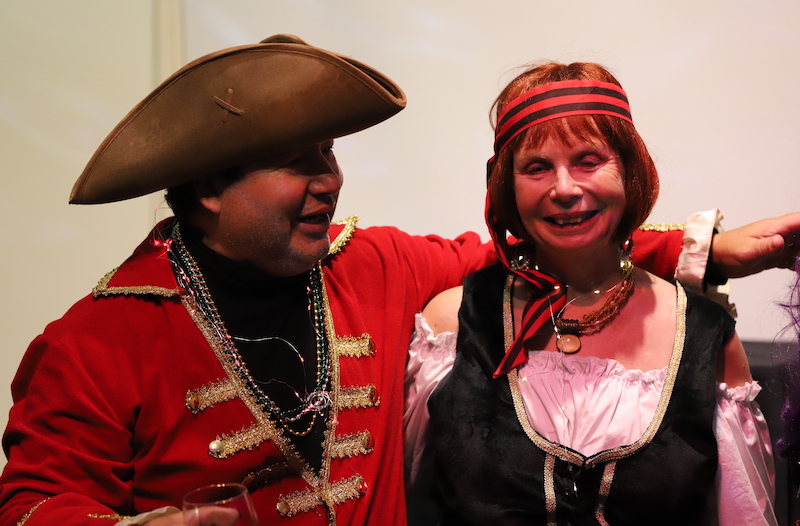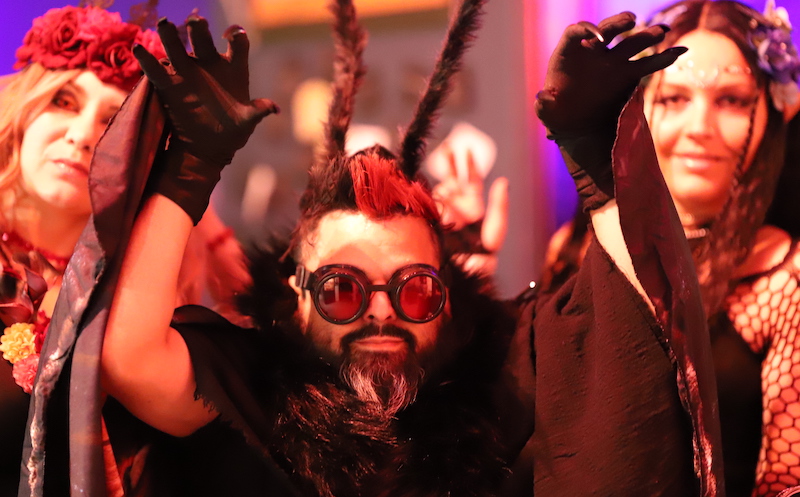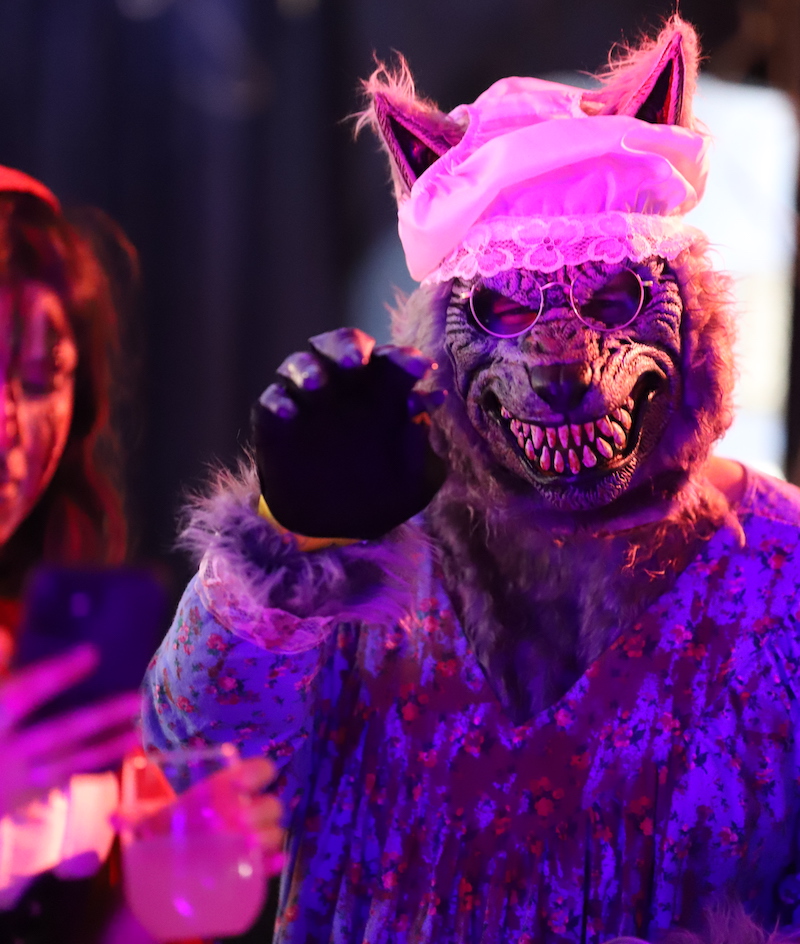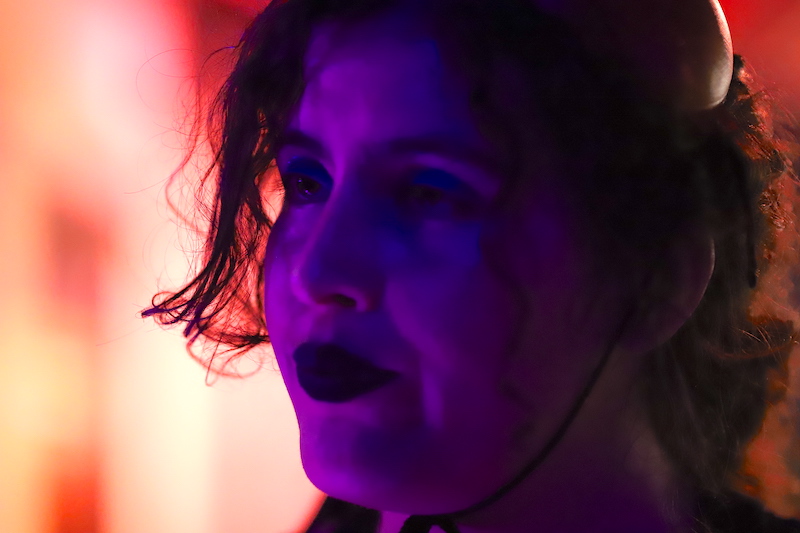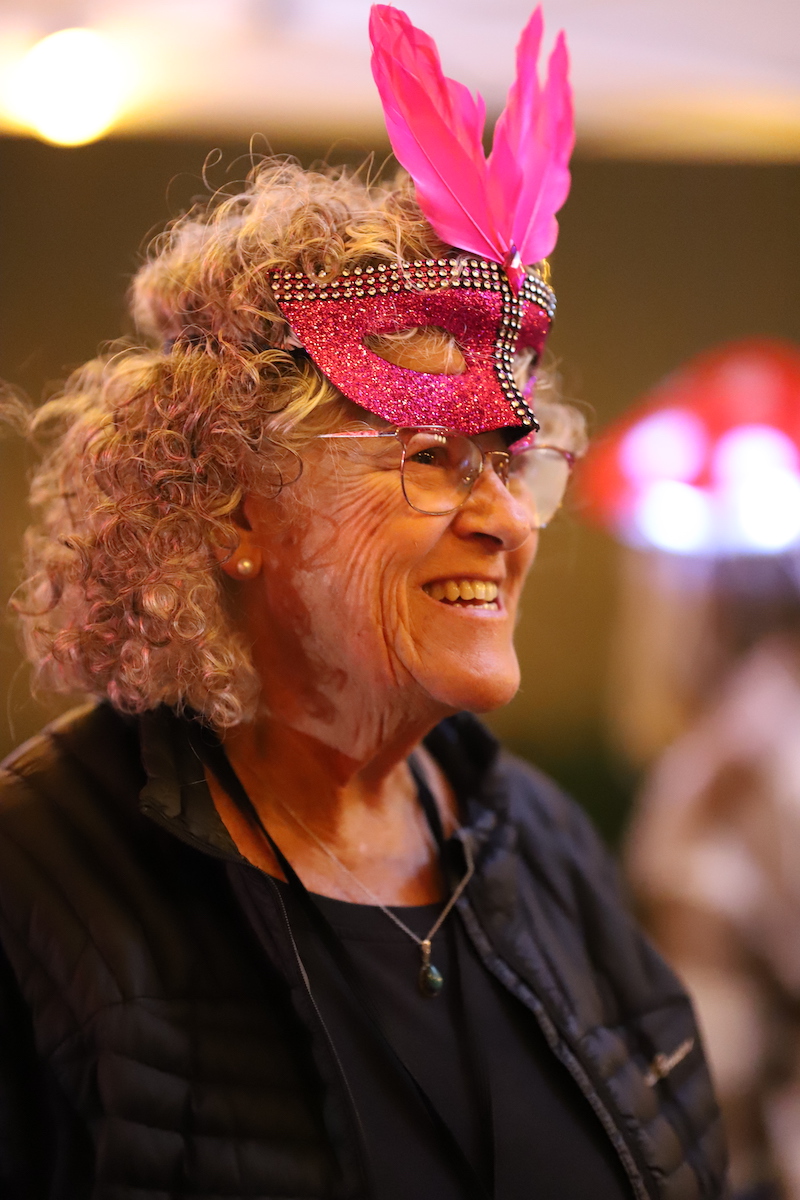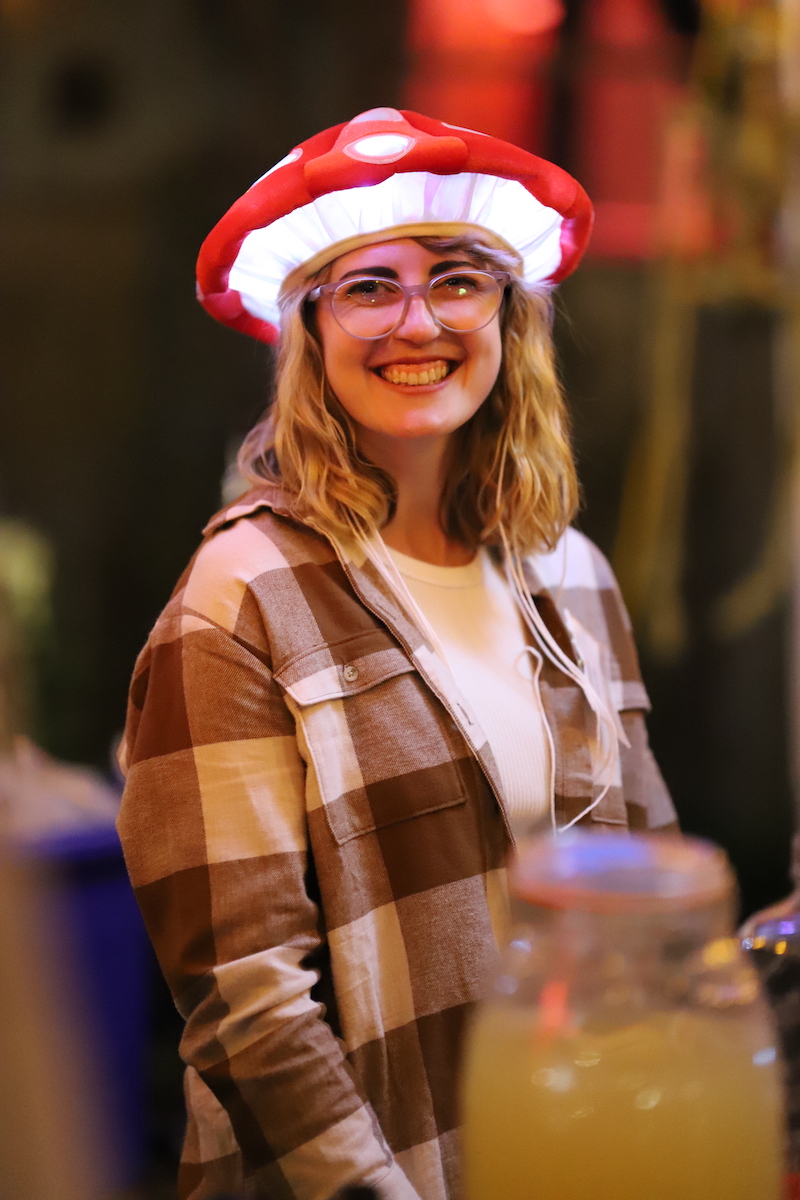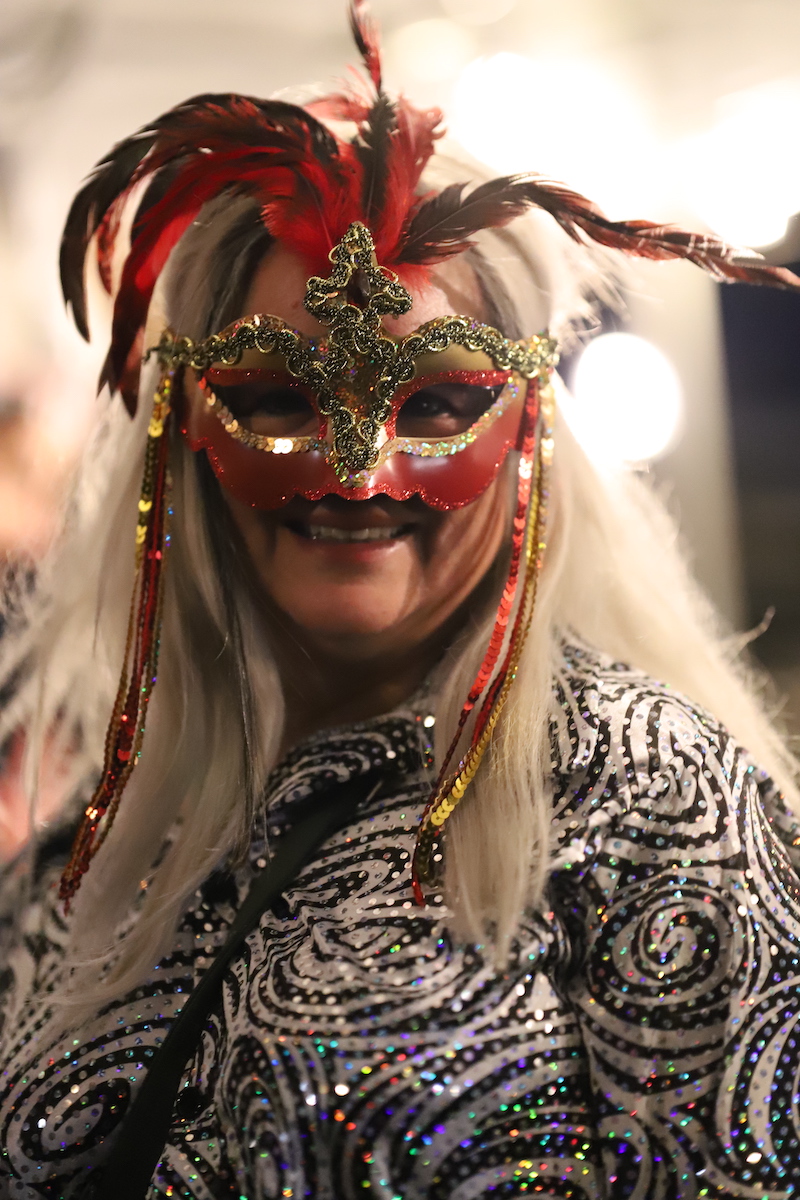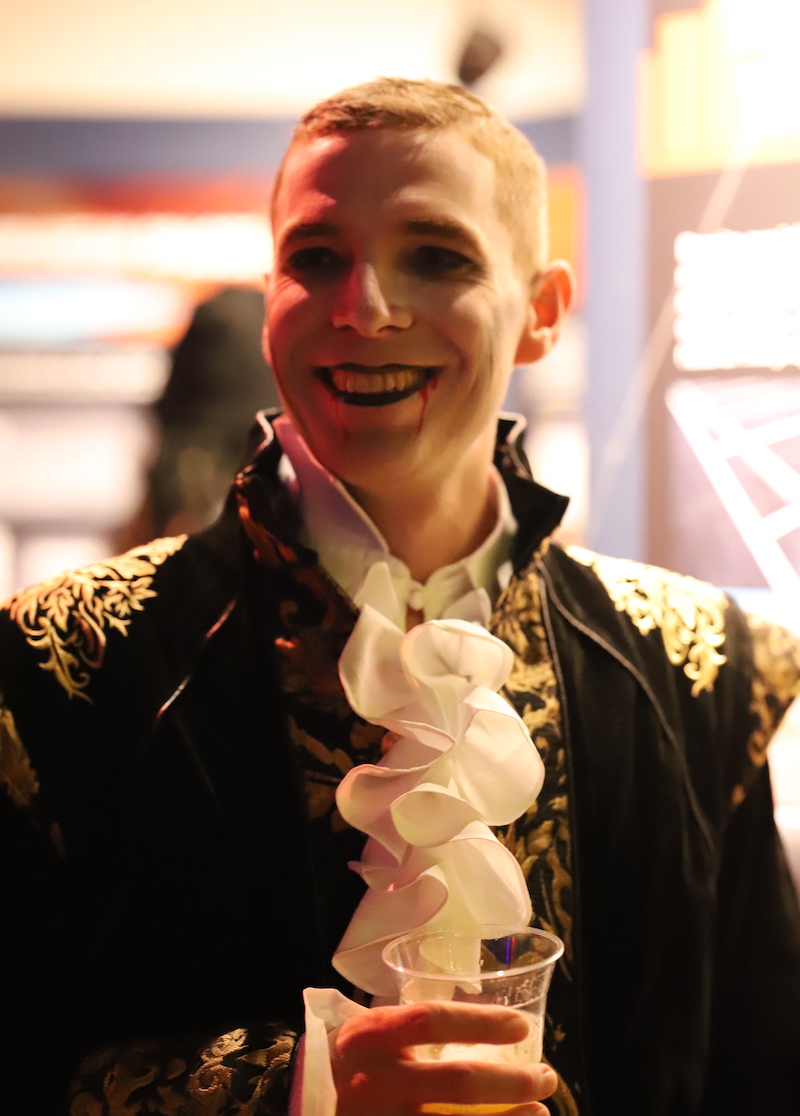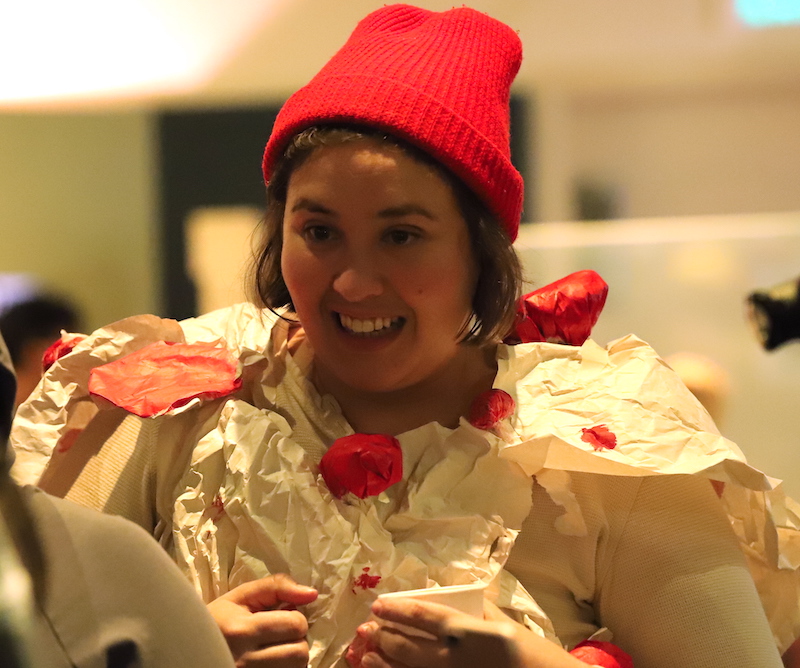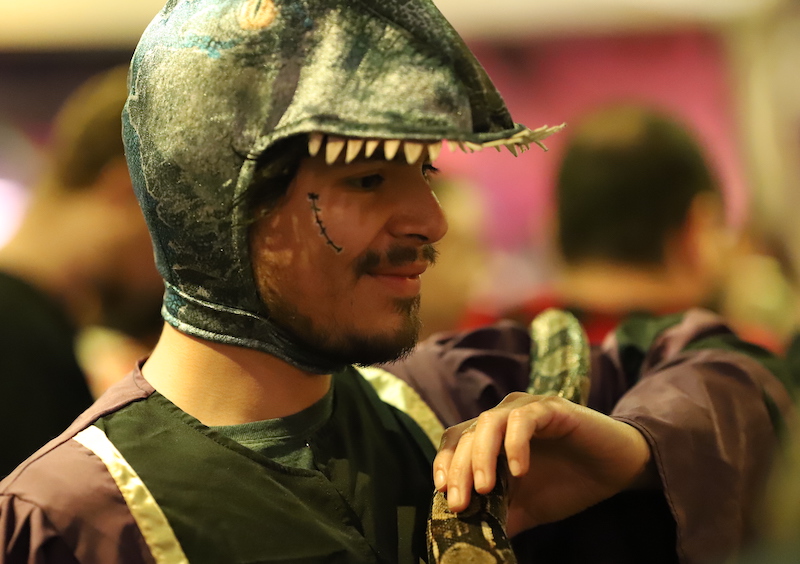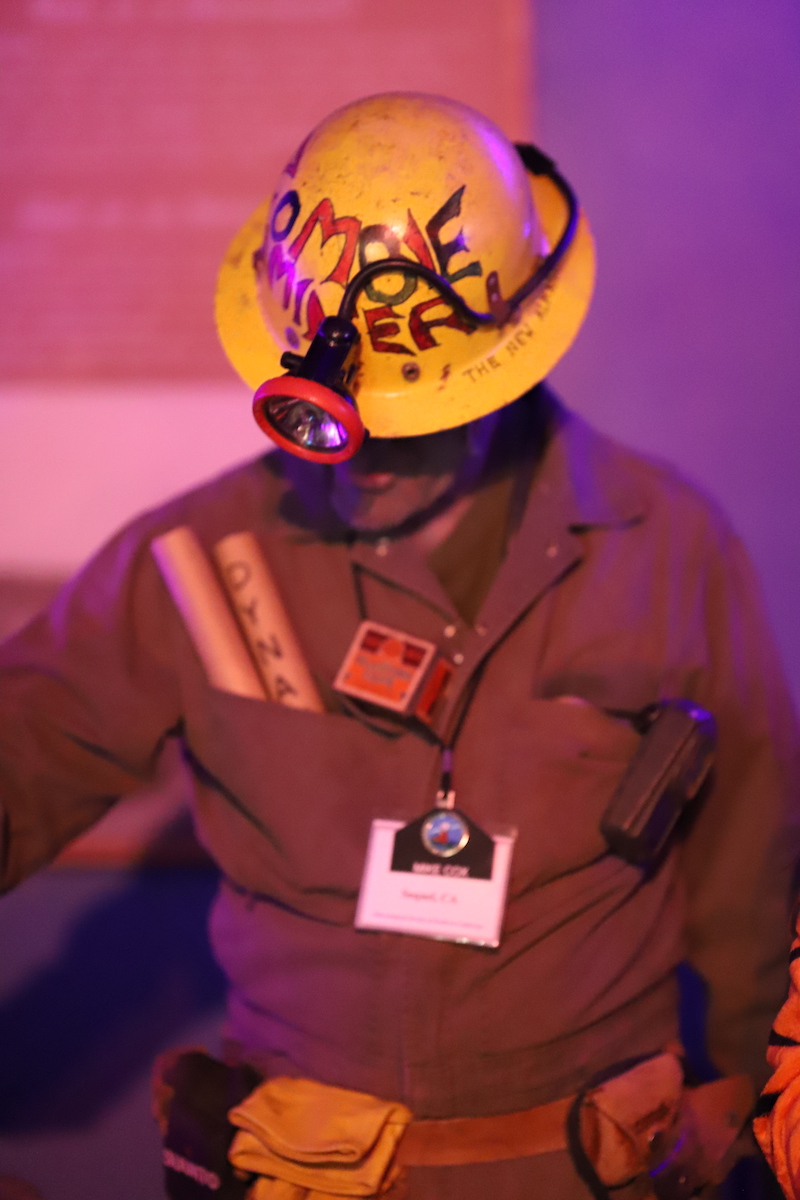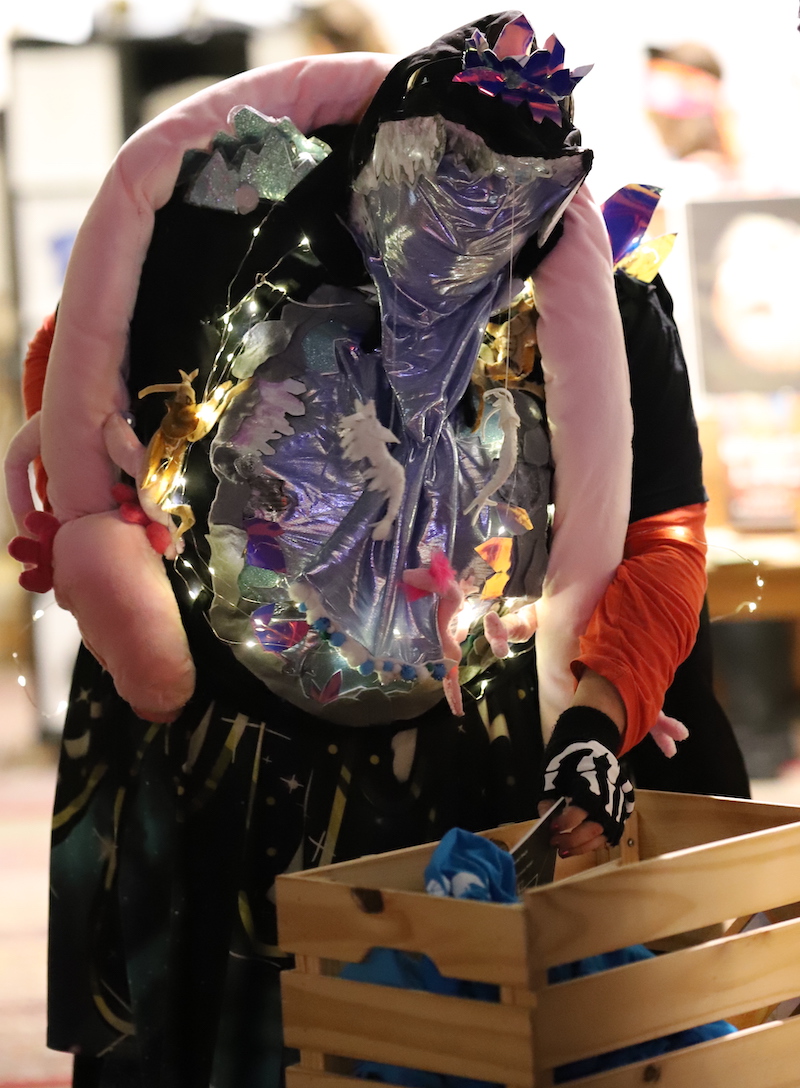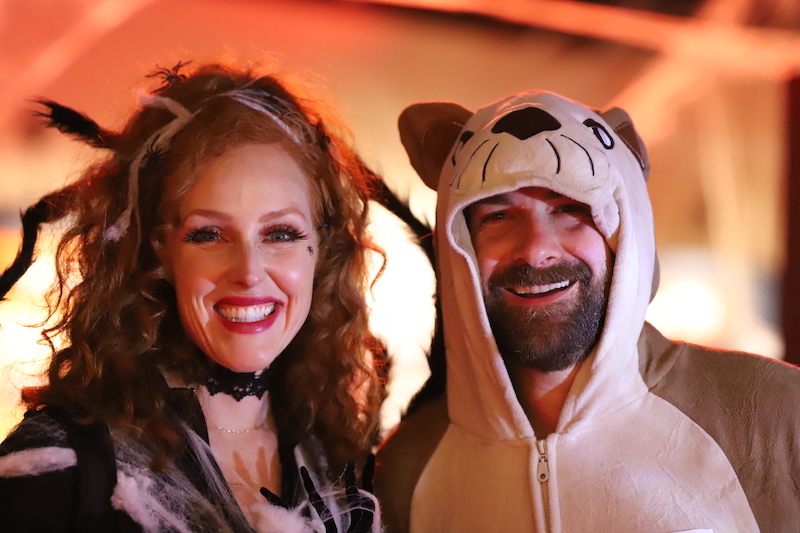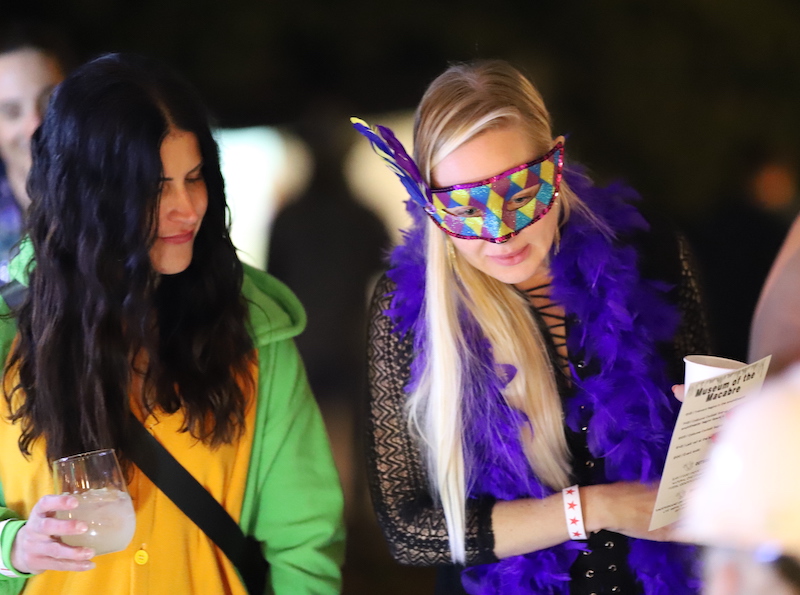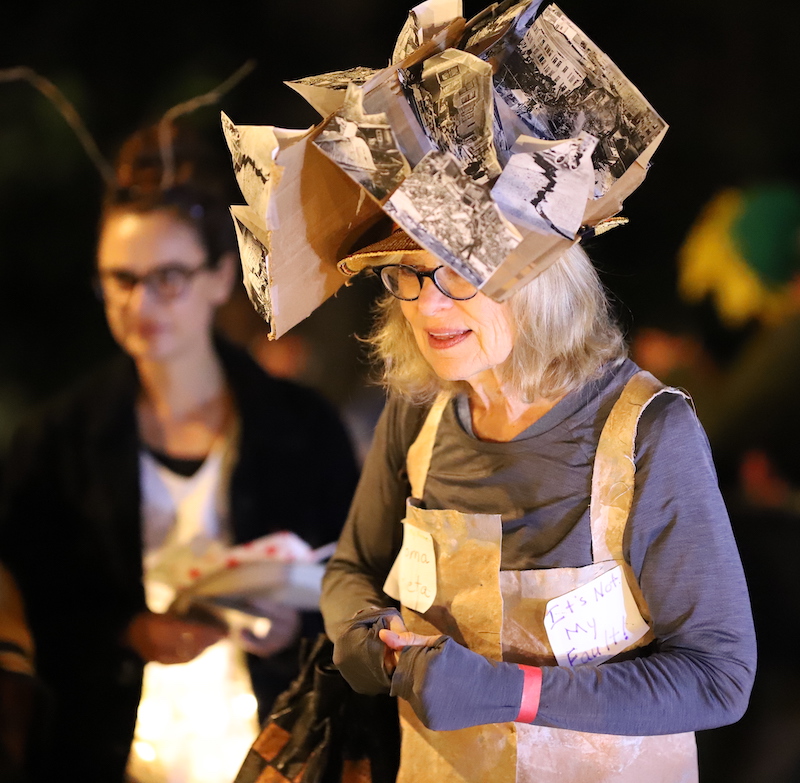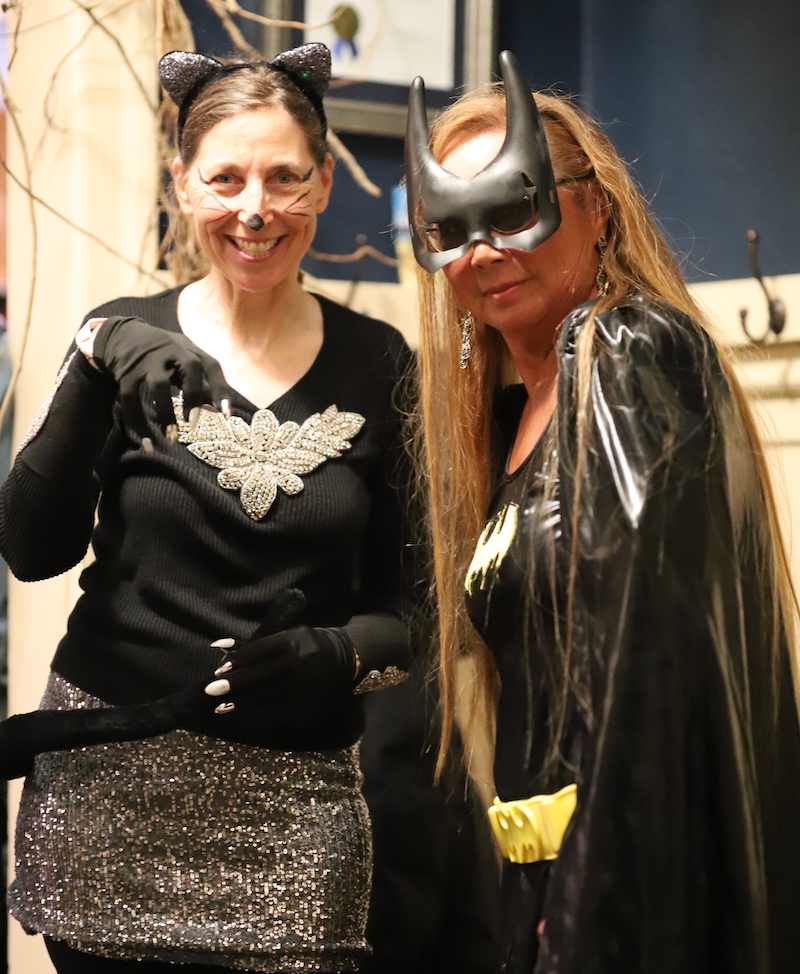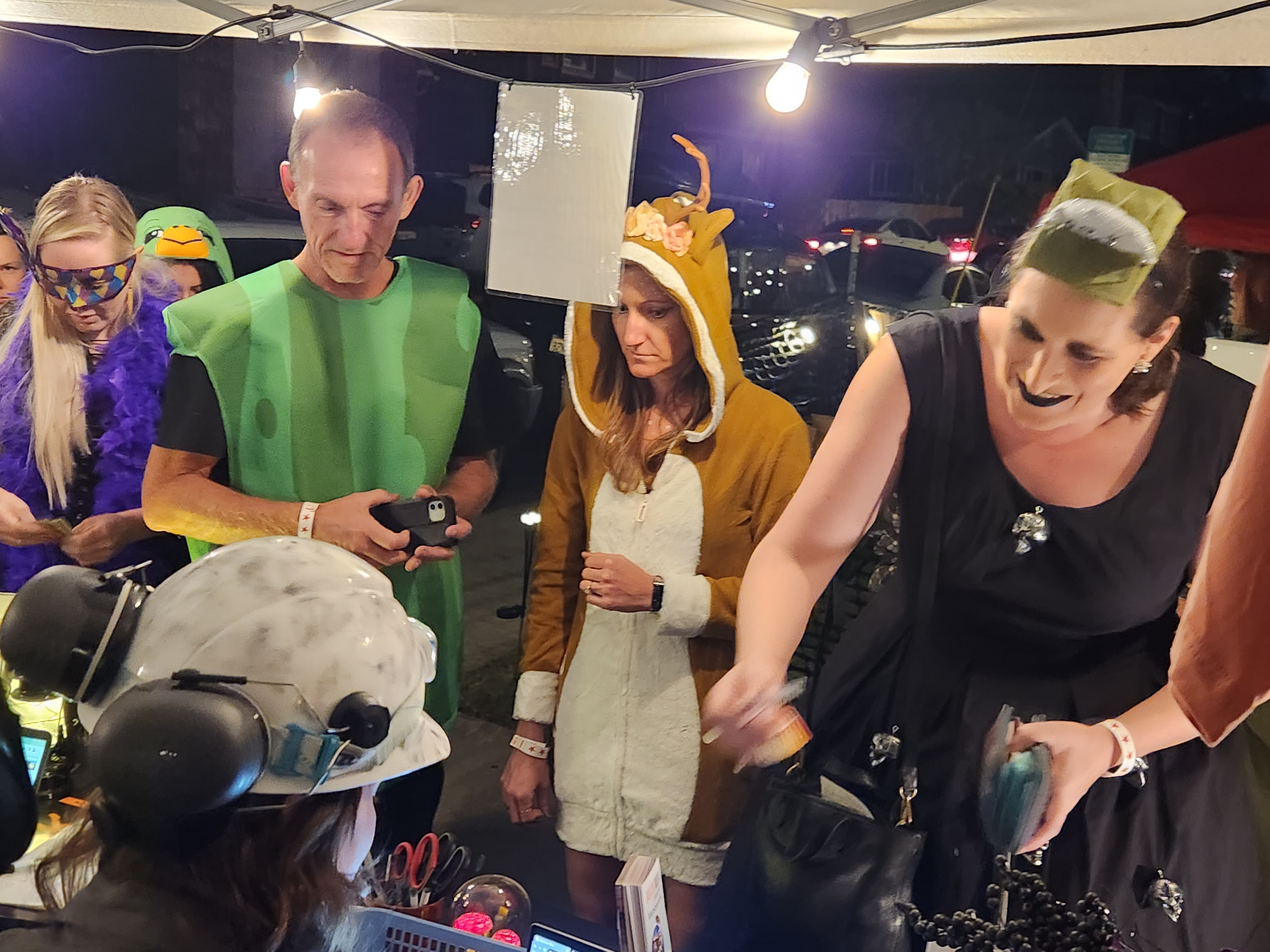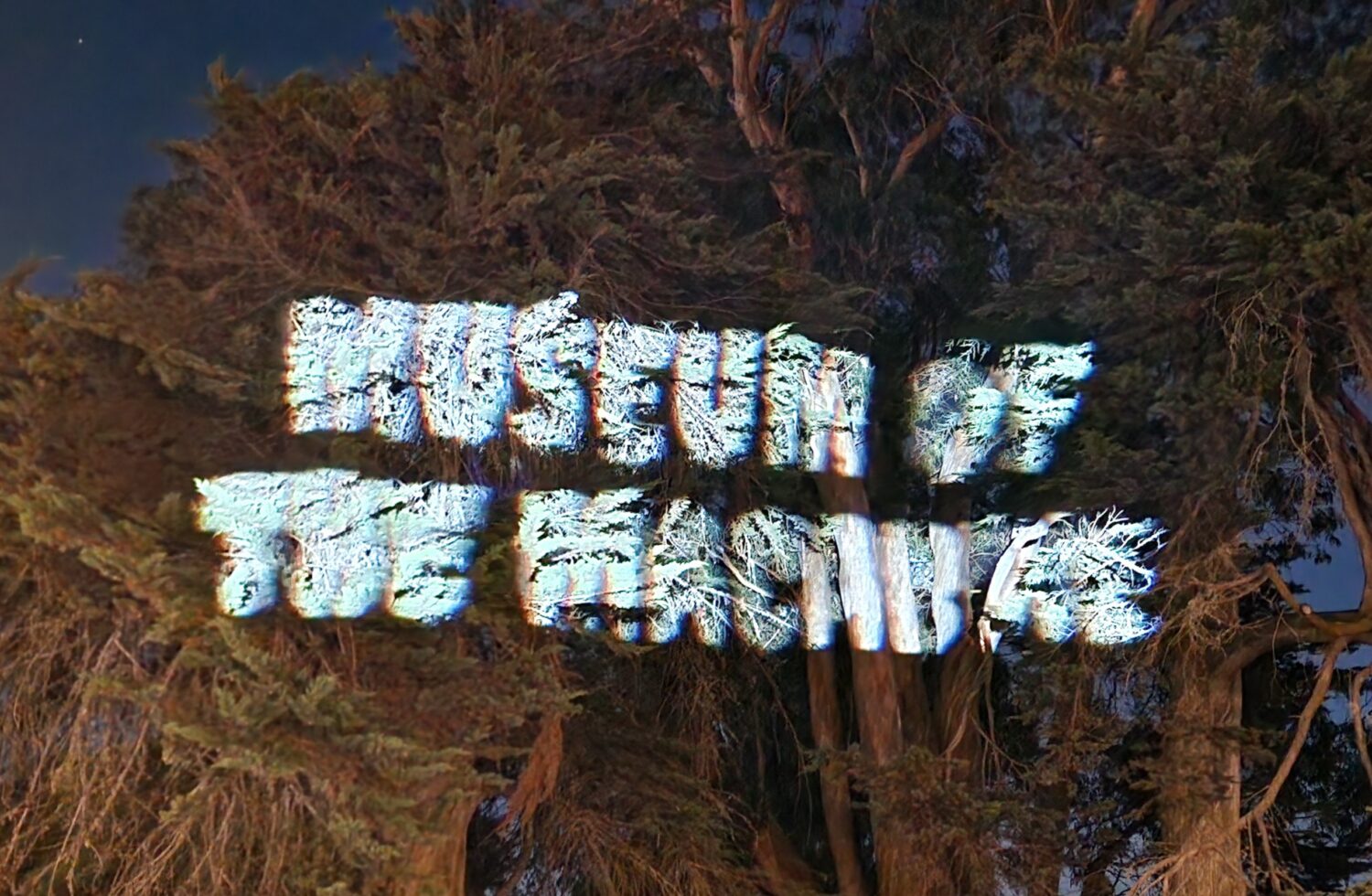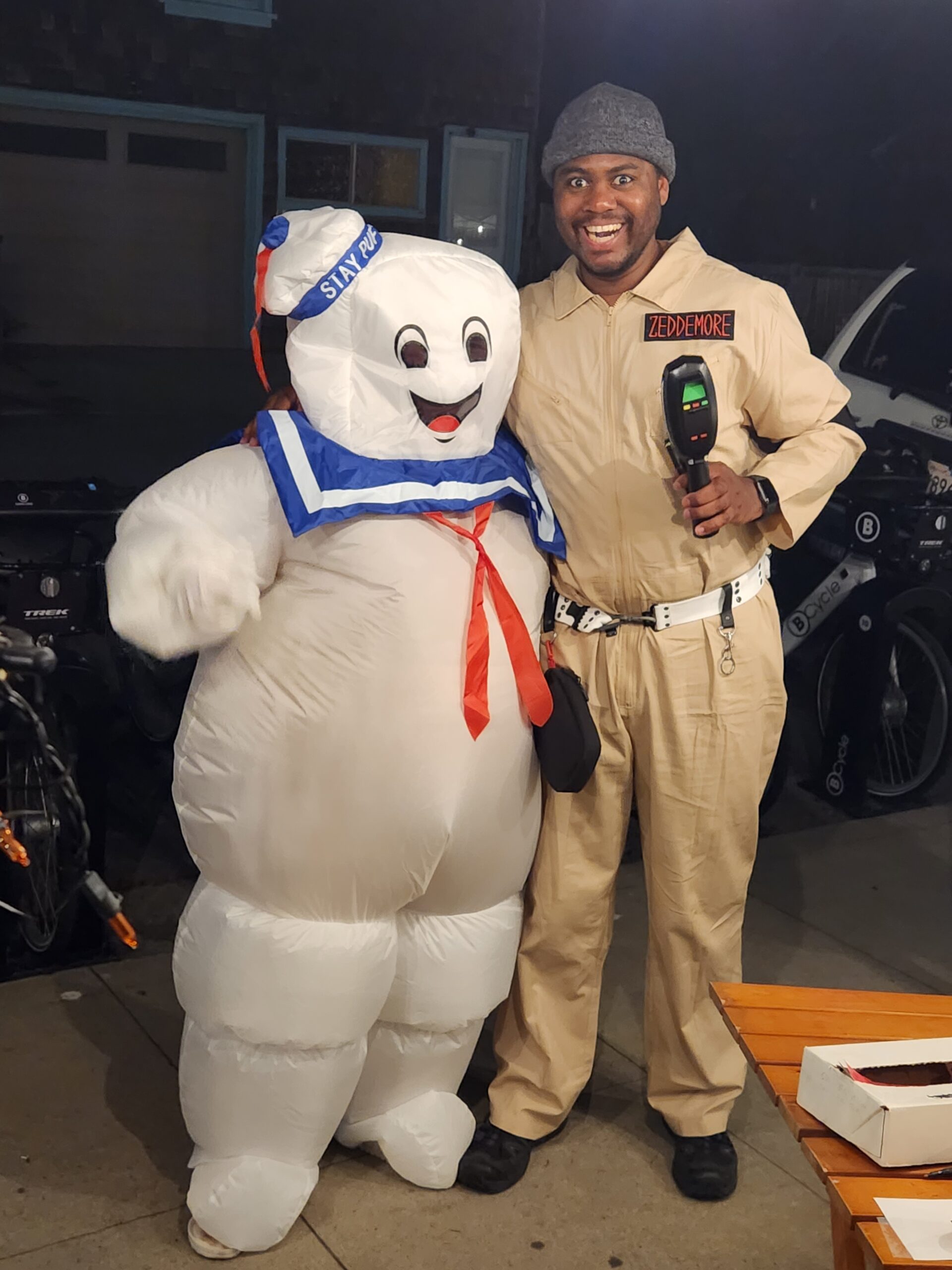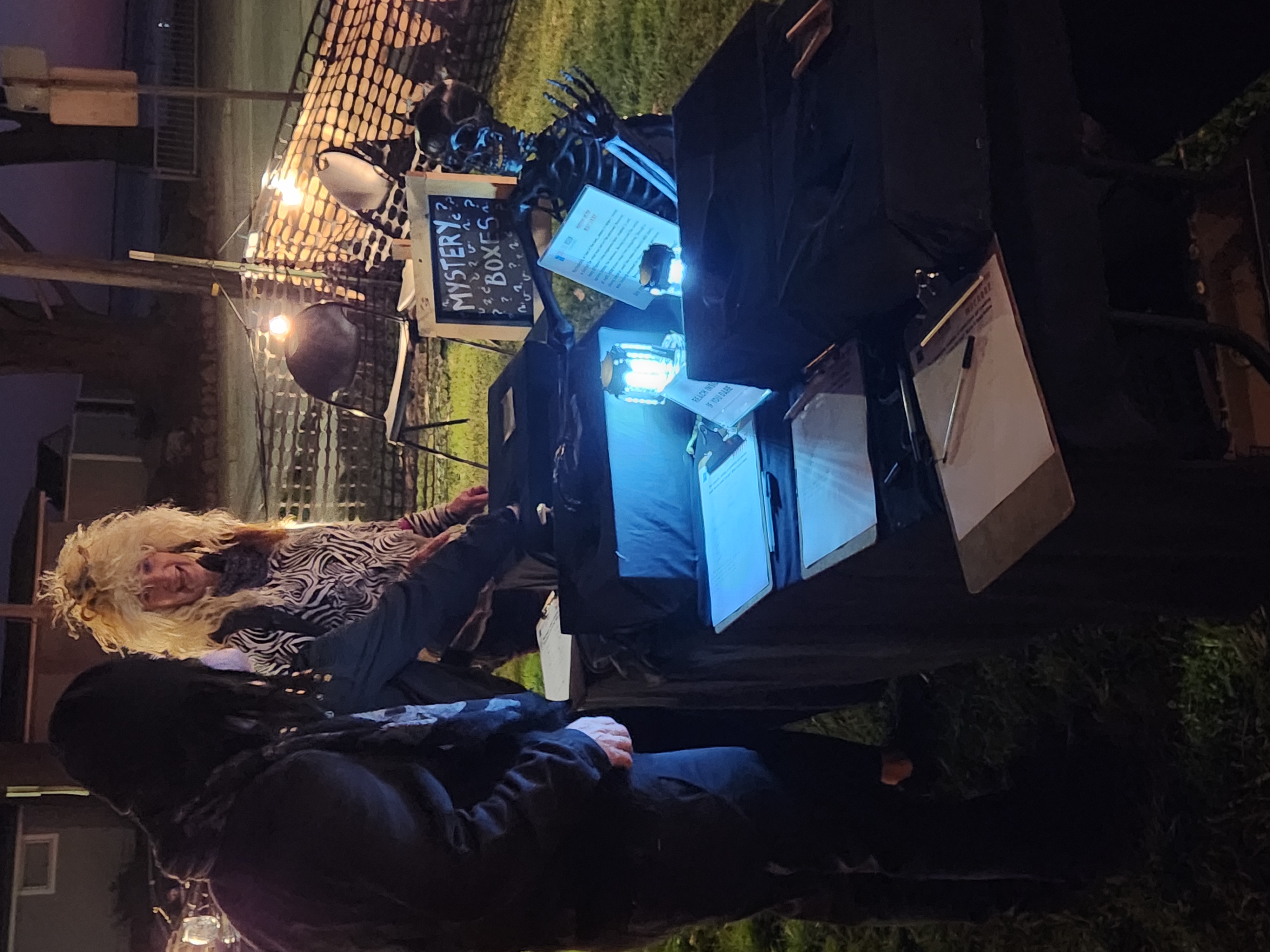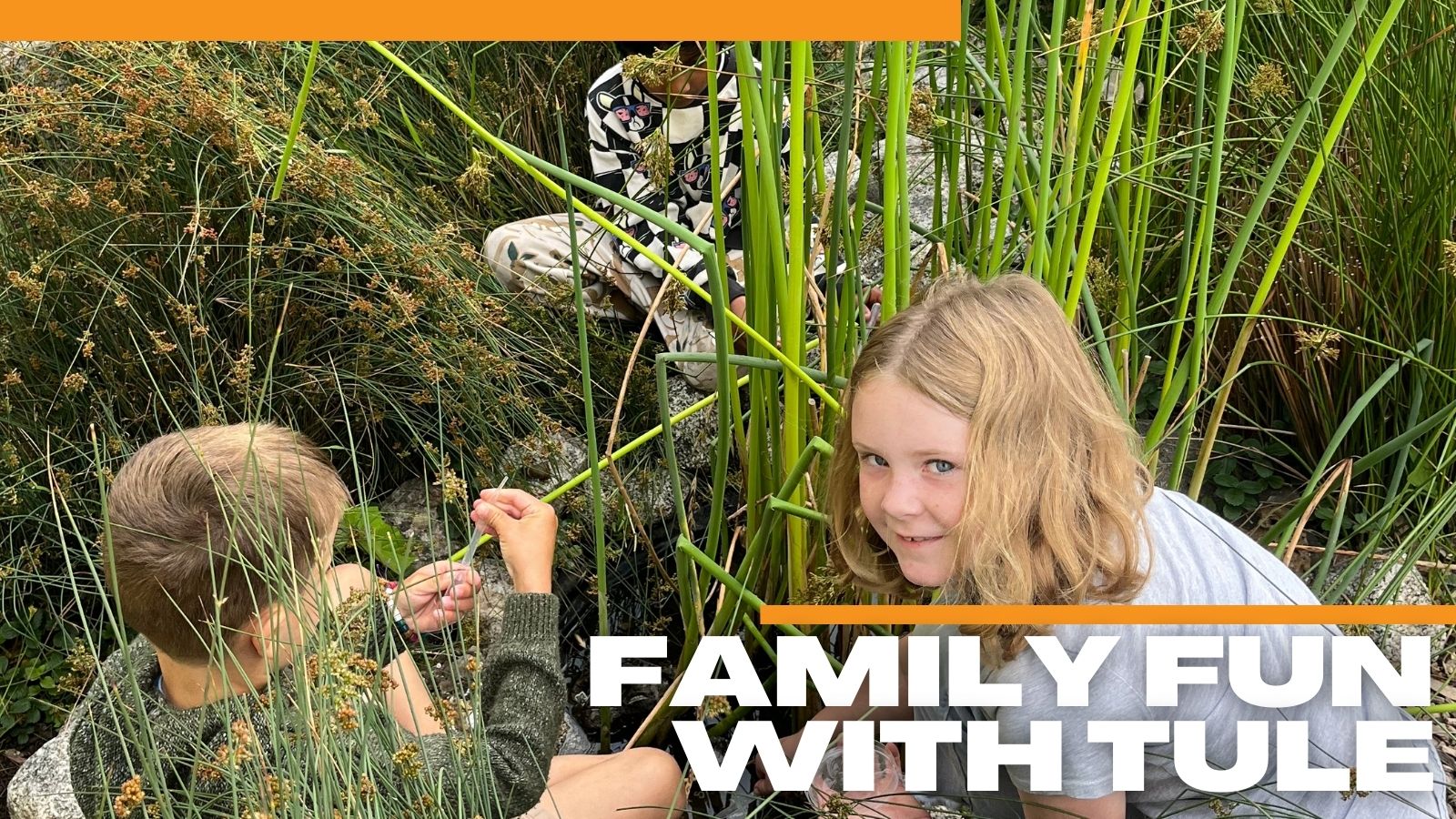Join Phil Carpenter for a guided exploration of local mushrooms, part of our line-up of Fungus February events. We’ll learn how to identify mushrooms while marveling at their unique qualities. The location for these walks will be within Santa Cruz County and determined based on this season’s mushroom crop! All registrants will be notified once the location is determined.
Saturday, February 10, 2024
$20 Members | $30 General
This program has reached capacity. Email events@santacruzmuseum.org to join the waitlist
Session One | 10 a.m. to noon
This program has reached capacity. Email events@santacruzmuseum.org to join the waitlist
Session Two | 2-4 p.m.
This program has reached capacity. Email events@santacruzmuseum.org to join the waitlist
Registration for Fungus February programs will open on January 17 at 9 a.m. for Museum Members and on January 18 at 9 a.m. for the general public. Presale tickets limited to 2 per member. These programs often fill fast, so we recommend 1) becoming a Member if you aren’t one yet, 2) practicing signing into our website to make sure registering goes smoothly, and 3) setting an alarm clock!
Email events@santacruzmuseum.org with any questions, accommodation requests, or if you have trouble registering.
Accessibility
- Participants should be prepared to walk up to 2 miles on uneven terrain. More specific location notes to come.
- Youth under the age of 14 must be accompanied by an adult. Registration fees apply to all ages.
- We will provide hand lenses and field guides as resources, but feel free to bring along your favorite mushroom observation tools (we have a number of resources in our online store and Members receive 10% off).
- Leave your pets at home. Trained service animals are permitted.
- Follow the latest guidelines for COVID safety at the time of the event.


